GIMBY: A Movement For Low-Density Housing

The grass-lined path to GIMBY starts with a simple observation: people don't like dense living conditions. What they want is a house with a yard. Even those who loathe garden maintenance would rather live in townhouses than high-rise apartment buildings. Well, it's good to give people what they want. And that's exactly what GIMBY proposes to do.
GIMBY stands for “grass in my backyard.” Or, alternately, “green in my backyard.” Any kind of vegetation is fine. The GIMBY movement advocates for policies that will allow more people to enjoy the low-density lifestyle they really desire.

To achieve this goal we don't need to ban apartments or even set height limits. In fact, we don't need to regulate residential density at all. Instead we'll adopt an indirect, big-picture approach, leaving the market free to work out the details.
Achieve a density of fewer than 3,000 persons per square mile without recourse to residential zoning restrictions, using means such as the following:
1. Abolish laws that impede “urban sprawl.”
2. Direct public-sector jobs, amenities, and infrastructure to low-density areas.
3. Tax commercial real estate that causes excessive density in nearby residential areas.
4. Optimize urban layouts and suburban design.
In this article I'll make the reasons for such an approach clear. I'll lay out the case for GIMBY, identify and refute objections, and explain why GIMBY is superior to alternative proposals.
If you've always wanted pleasant and affordable living conditions, maybe it's time you asked for them.
Demand grass. Demand GIMBY.



I. Getting past the false alternatives of YIMBY and NIMBY.
It's not an accident that “GIMBY” rhymes with some familiar acronyms. Today's public discourse is dominated by two opposing positions known as NIMBY and YIMBY. NIMBY stands for “not in my backyard,” and YIMBY stands for “yes, in my backyard.” NIMBYs want restrictive zoning to preserve the character of their neighborhoods. YIMBYs, on the other hand, claim that loosening density limits would cause more housing units to be built, which would result in lower prices for consumers. While that's the crux of the disagreement, they also differ on the details about what constitutes a desirable neighborhood.


Choose wisely.
The YIMBY movement is now widely associated with pro-density activism, and that's the form I'll be referring to here. Most of my criticisms can be applied to density promoters of all stripes. The smaller faction of YIMBYs who instead favor more greenfield development will find common ground with the ideas set forth in this article, so I prefer to think of them as soon-to-be GIMBYs. NIMBYs too can be divided into different factions, and those who are more concerned about preserving beautiful neighborhoods than stopping development entirely are invited to join us.

Like many of you, I was initially persuaded by the YIMBY position. It promises abundant, affordable housing based on simple supply-demand logic that sounds very clean and clear. But the longer I thought about it, the more skepticism started to creep in. Eventually I was forced to conclude that YIMBY was a false trail leading in the wrong direction. Let's consider a series of troubling issues.

First, dense urban areas that have no height restrictions look rather dystopian. Take a look at the photos below.

Even the less-dystopian buildings promoted by YIMBYs don't look like great places to live.


YIMBYs will accuse me of smearing them with lurid imagery, but this is how they represent themselves to the public. It's hardly any different.
YIMBYs have glossed over the question of whether people actually want to live in high-density conditions if they're given the choice about it. Well: they don't. Most people want a house with a yard. And those who dislike yards still don't want high density.

So YIMBYs are giving us something we don't want, and telling us we're winning. That isn't what winning looks like, folks.

YIMBYs will point out that people pay large sums of money to live in downtown high rises. Surely, they'll say, this proves people do want them. Nope. To explain why they're wrong, I'll tell you a story.

Imagine a restaurant that serves nothing but porridge. It's absurdly expensive, besides which, you happen to hate porridge. Sadly, all you have in your wallet is a stack of vouchers that are only good at the porridge restaurant. What do you do? Well, you don't have a choice. You buy the overpriced porridge and eat it. In fact, you overpay even more to make sure you get the least offensive flavor of porridge, which happens to be the most expensive. Occasionally the thought that you'd much rather be eating pizza crosses your mind, but it's a thought that makes the porridge taste even worse. So you do your best to forget all about pizza and choke down your meal. You notice someone at the table next to you eating unflavored porridge. You feel grateful you had extra vouchers to spend: at least you're not him.
Now, according to YIMBYs, the high price you paid at the porridge restaurant proves that you love porridge a whole lot. Ha.

The point of this analogy is that if you're in one of the many careers with workplaces situated near the center of big cities, your salary doesn't consist of money that you could, in practice, use for housing anywhere else. You're effectively getting vouchers, just like you did at the porridge restaurant. You have a choice between overpaying for an apartment you don't like, or overpaying for an even more expensive apartment you don't like that at least has a granite countertop. Yippee. The money you spend proves absolutely nothing about whether you'd rather be living in a skyscraper or in a single-story ranch house with a yard, and grass, and sun, and air. But hey, at least you're not one of those sorry bastards on the basement level.

Pro-density advocates claim their position is the consensus. But what they really are is a loud fringe who only have consensus among themselves. The consensus among the quiet supermajority of real people is and always has been against density. And deep down, even many YIMBYs don't feel good about the housing they're allowing themselves to be herded into.
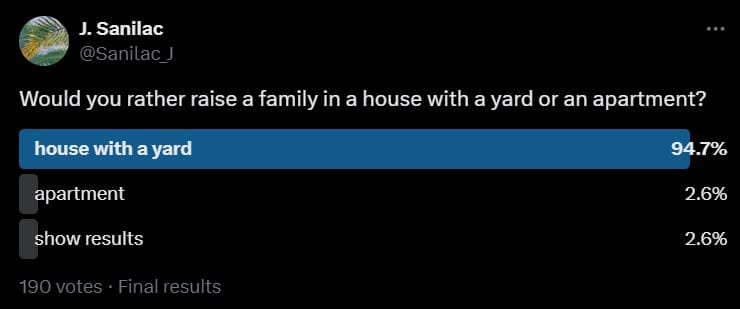
You don't need to trust my poll. Formal surveys with big sample sizes confirm that the public prefers low-density to high-density housing.
YIMBYs also ignore the problem of low fertility. In recent years fertility has declined precipitously across the developed world. Those well versed in the demographic literature inform me that high-density housing is responsible for a portion of this decline.
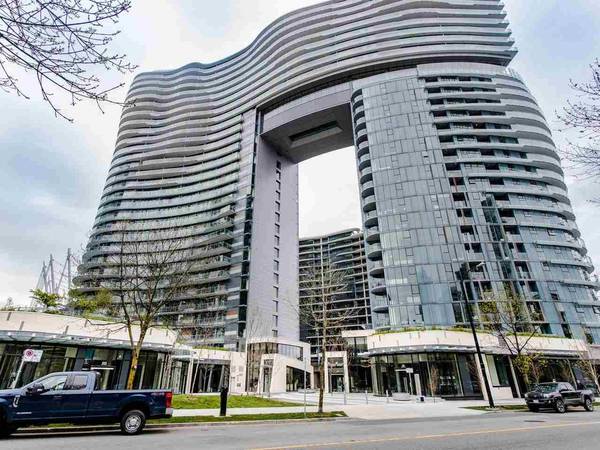


YIMBY Sterilization Chamber #1.
There's room for debate as to whether fertility that's a little below replacement is really a bad thing. That's not a question we need to resolve here. But in some places, like South Korea, the degree of decline is catastrophic. Even in less-affected countries, it's sensible to take measures that reduce the risk such steep drops will occur.


Korea suffers from extreme densification, with most of the population living in apartment blocks in a single megalopolis.
Demographic concerns aside, when so few people are forming families, and when those families are both fewer and smaller than people claim to desire, we ought to ask whether our societies are meeting basic human needs. Perhaps humans are like animals that don't breed in captivity—and high-density living amounts to a form of captivity.
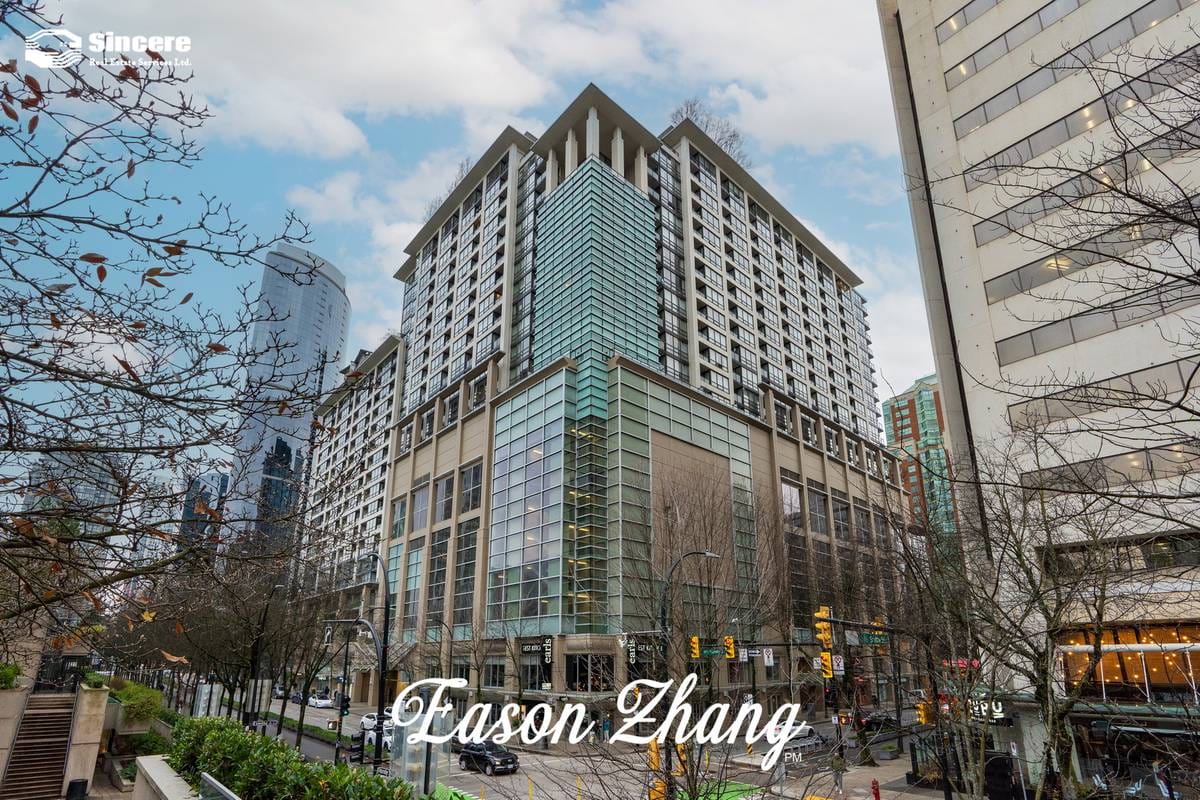

YIMBY Sterilization Chamber #2. They should call this "unitting," not "housing." YIMBYs aren't going to give you a house.
This brings us to the broader question of whether high-density lifestyles are even psychologically healthy. Overcrowded conditions increase envy-driven competition and conspicuous consumption while decreasing the value of the things people are actually competing over. A tiny apartment that's better than someone else's tiny apartment starts to seems like a prize, even though it costs more and provides less pleasant living conditions than a house in a provincial town.

Don't even get me started on handbags.
The problem here is that when people spend their energy competing for things they don't really enjoy, they end up less happy whether they win or lose. And the more people around them, the more likely they are to feel they've lost. Some might say this is just the human condition. But even if that's the case, density makes the human condition worse.


How many women in each of these groups have a more expensive handbag than you?
There are so many people in a big, dense metropolis that someone who's never lived in one might assume they're good places to meet people. But they actually provide fewer opportunities to form new relationships from casual encounters, because in the seething mass there's greater anonymity, greater callousness, and greater distrust. A face seen once may never be seen again, and the default attitude toward strangers is defensive.

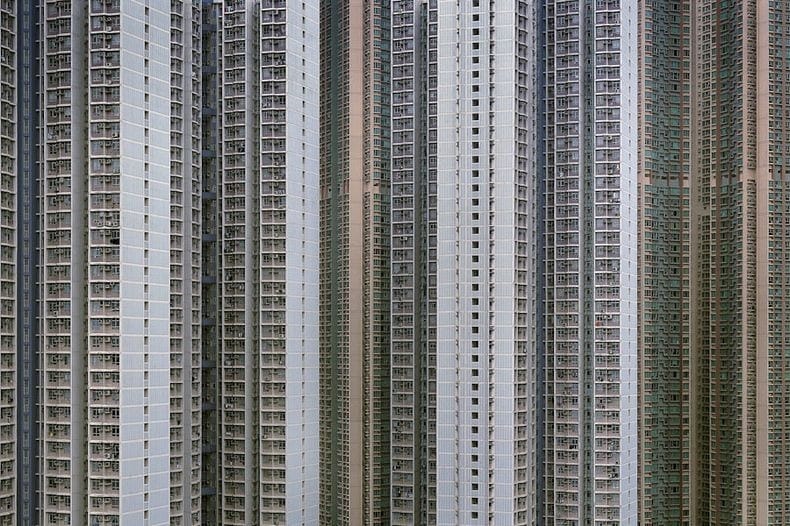
Two equally lonely places.
So every argument that doesn't include a dollar sign comes out in favor of density limits. That leaves YIMBYs with only one compelling promise: that allowing higher-density construction will lower the cost of housing by the simple mechanism of supply and demand.

This sounds like Economics 101. And YIMBYs can show charts that seem to justify it. However, the complete range of evidence is more ambiguous. On the most basic level, for instance, lower density is correlated with lower housing costs. And when we do consider the relevant issues in detail, we come across troubling complexities.

For instance, an increase in permitted height doesn't necessarily bring about a proportionate increase in supply. Property investors obviously won't build an infinitely tall apartment building just because you remove all restrictions on a plot of land. And they're not guaranteed to build a hundred, or ten, or even five stories either. They'll only do so if it offers them a risk-adjusted return that's competitive with other investments.


Do you trust YIMBYs' promise of cheaper housing enough to give up any possibility of ever owning the house on the left?
YIMBYs might say we've nothing to lose by letting them have a go, but that's not true. Heritage low-rise urban neighborhoods, once destroyed, will never be rebuilt.

All housing competes with all other housing, so new high-rises here reduce the incentive to develop proper houses elsewhere. That means when you add high-rises, you're effectively destroying future houses. Builders have limited capacity, and can't replace the housing stock overnight if you change your mind. Acceding to higher density now means being locked in to vertical prisons for generations to come.

Furthermore, the prospect of steadily increasing density encourages some landowners to hold back their land in expectation of a higher future return. This slows the flow of supply. Because density restrictions reduce expected future prices, they can counterintuitively speed the flow of supply by encouraging owners to bring their land to market sooner.

Finally, governments have proven themselves willing to soften falls in the price of residential real estate regardless of the cause. For example, by subsidizing mortgages or buying them outright, by tightening building regulations regardless of whether they do harm or good, and even by lifting the rate of immigration above the rate at which new homes can be built.

It's difficult to work out the net result of all this economic complexity, and especially so for the casually interested citizen. The brief remarks above aren't intended to provide answers. Their purpose is only to illustrate that land is complicated, many interacting factors are in play, and the solutions aren't as obvious as they initially seem. In short, the surface simplicity of YIMBYs' Economics 101 promises doesn't guarantee they'll pan out in the real world.
To return our feet to firmer ground, let's take a step back and simplify.

What's the most important fact that should lead you to doubt the case for YIMBY? The sheer abundance of land around us. Ironically, the nations with the most expensive real estate happen to be the nations with the lowest population density. So the increasingly dense living conditions YIMBYs accept as inevitable aren't a consequence of natural limits. They're the product of man-made scarcity.


One sometimes hears the excuse that Australia has an extremely limited amount of land suitable for housing, but that isn't the case.
The explanation for this is well known. The large supply of rural land has little value because it doesn't provide access to good jobs and amenities, while the limited supply of urban land has great value because it does provide that access. Or, to phrase this in another way, commercial and public real-estate density increase the value, and in turn the density, of nearby residential land.
Of course, causation doesn't only move in one direction. Employers need access to labor, and retailers need shoppers. So residential density also increases the value of nearby commercial real estate, as well as the density of jobs. But all in all, commercial real estate exerts a stronger centralizing force than residential, because businesses profit more from a central location, and draw fewer benefits from an outer one.

Density is likely one of the historical factors responsible for variation in the merit-moxie gap.
Feedback between these two directions of causation results in what I call urban-black-hole formation. More employers pull in more employees, and more employees pull in more employers. Each causes the other to accumulate, and neither can easily escape the increasing gravity generated by the other.
In the initial phase, everyone wins: cities get bigger, richer, and more productive, and pay increases faster than quality-adjusted cost of living. The future looks bright. But as it continues, the sun becomes too massive, and then too dense. Cities' populations grow to inconvenient sizes, with excessive centralization, ballooning land costs, and declining quality of life due to cramped conditions. The sun is heavier than ever, but its light has dimmed. Even so, density keeps increasing, and more and more people are pulled inside.


GIMBY promises to stop black-hole formation while the sun still shines. Do the alternatives?
Both NIMBYs (1) and YIMBYs (2) try to fix the problems with large cities by addressing residential density directly, neglecting the other side of the bidirectional causation we've described above. Let's consider the consequences.
(2) If residential zoning is liberalized while commercial density increases, then the quality of housing decreases (because a larger fraction of the population are drawn into higher-density conditions).

GIMBY (3) proposes an indirect approach instead. To affordably reduce residential density to levels people find agreeable, it's both necessary and sufficient to decrease the density of non-residential real estate. There's no need to impose residential height limits at all. Thus:

Means to achieve this end have been mentioned in the introduction: abolish regulations restricting urban sprawl; direct public-sector jobs and amenities to low-density exurbs or towns; tax commercial real estate that causes excessive density in nearby residential areas. Further policies in the same vein can also be added to the toolkit. For instance, a density-rights market may be useful for rapidly growing new cities.
Since density tax isn't intended to increase the total tax burden, the law will be written as follows. All revenues from taxing commercial real estate in high-density areas shall be used to encourage business and development in low-density areas, and none shall be used for any other purpose.

Density tax won't be applied to an established city too abruptly, lest it cause bankruptcies and waste existing buildings and infrastructure. Nor is it intended to enforce a hard limit via punitive taxation. Instead it will exert a gentle pressure that wears down our built-up urban mountains with the slow force of erosion, gradually sanding airless Himalayas into gentle Appalachians.


So, GIMBY (3) certainly sounds better than NIMBY (1) and YIMBY (2). But is it really? Naturally, YIMBYs have all sorts of objections. I'll begin addressing these in the next section.

NIMBYs may have good intentions, but they don't have solutions for middle- and low-income earners who've been priced out of single-family housing they could have afforded in generations past. Because of this, YIMBYs have been largely successful in painting them as greedy and entitled, and in rallying young renters against them.
The GIMBY movement will allow you to keep the old neighborhoods you love, while fixing the root problems that prevent us from building more of them. That means younger people will stand with you, and YIMBYS will lose their ground to attack you. So join us. It's a win-win.
Demand grass. Demand GIMBY.

II. Excessive population density is a negative externality.
The main objection YIMBYs make to the GIMBY program concerns efficiency. Businesses, they argue, operate more efficiently when they're close together near the city center, so any policy that compels them to reduce density will reduce efficiency as well, shrinking the economy, slowing its growth, and making us all poorer.

To address this objection on an intuitive level, let's first calculate an approximate population limit for a city following GIMBY guidelines. A traditional suburban lot is around a quarter acre. A household today is around 2.5 people. These people also need roads, employment, and amenities, so we'll double their land use to a half acre, then multiply this by the number of half acres per square mile, and round down. The result is a density of 3,000 people per square mile. If you want to get a feel for this, you can pace it off. It amounts to a square of around 30 paces per side for each individual to live, work, and play.
Keep in mind that GIMBYs want your square of land to be at least this big, while those who argue for higher density want it to be smaller. Higher density is just a deceptively polite way of saying “less land for you.”

The suggested upper bound of 3,000 is a limit, not a target. Many will prefer to target densities of 2,000, or even lower. Nor is it an absolute. For instance, higher density may be justified near certain natural features, like harbors. The exact number is open to debate, and should be decided on a case-by-case basis after considering local conditions. Nevertheless, it's interesting to note that even though I've arrived at a figure of 3,000 with nothing more than rough back-of-the-envelope calculations, it happens to neatly match the level beyond which housing costs veer upward according to the chart shown below. Perhaps 3,000 is indeed where scarcity, not necessarily of housing, but rather of the low-density housing people really want, begins to bite.
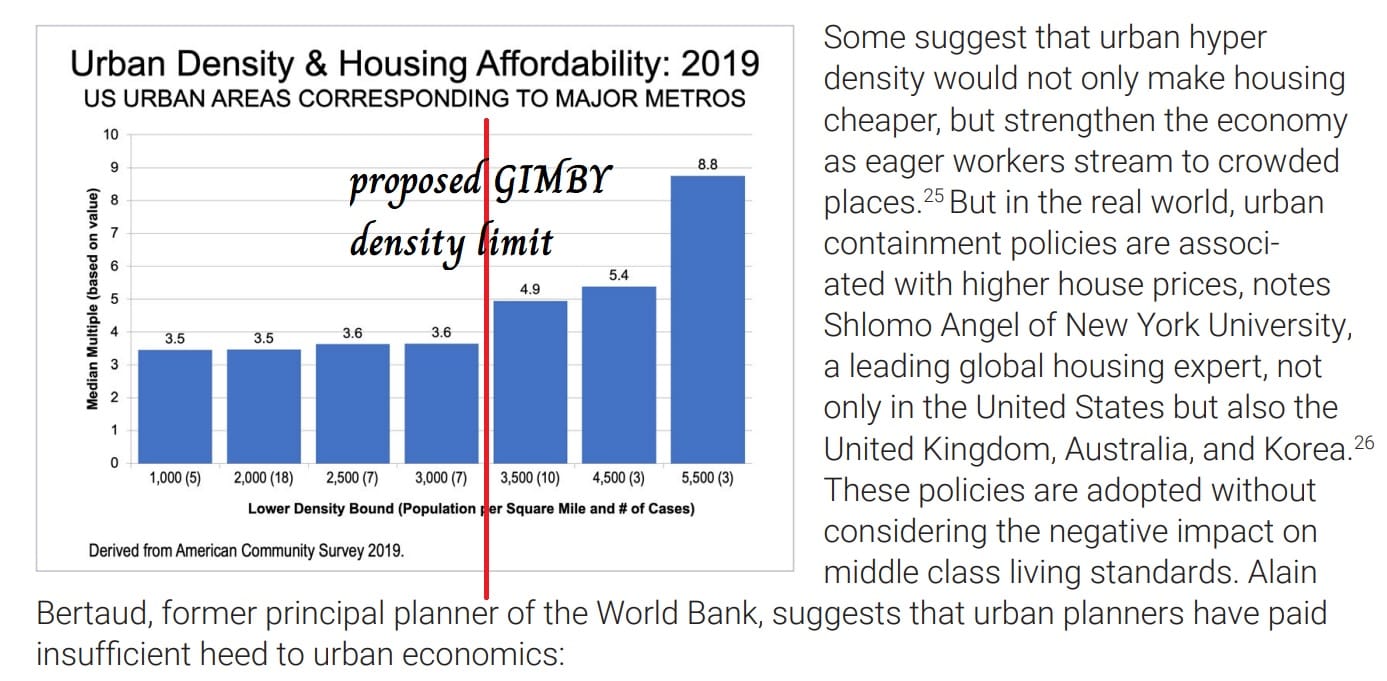
Allowing higher density will make housing cheaper? Are you sure? Chart from "Building the New America," Kotkin, Cox, et al.
Continuing our calculations, let's assume traffic moves at an average speed of 30 miles per hour, and the maximum tolerable commute is an hour in length. This puts a radius of 30 miles within reach of a central point, equal to an area of 2,827 square miles. At the proposed density, the population limit within commuting range is 8,482,300. That's the population of the Chicago area.

This figure isn't a limit on total population, but rather a limit on the number of people within a comfortable commute from a given location. It should help you to mentally weigh both the number of jobs that would be available to a given job-seeker without moving, and the number of prospective employees who would be available to a given business without requiring them to move.
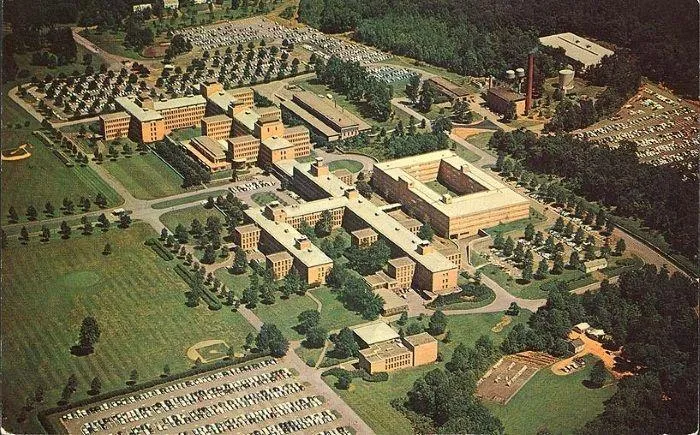


Bell Labs was one of the most important centers of innovation in history. To escape the distractions of New York City, its labs gradually relocated to lower-density areas of New Jersey. "The Bell Labs Murray Hill laboratories [image at left] spawned such innovations as the UNIX operating system, the C programming language, speech compression, digital switching, information theory, and many more – with the most famous being the transistor."
Now, I'd like you to consider this number of eight million in ready commuting distance, a population the size of the Chicago area, and ask yourself whether the idea that such an upper limit would cause a large decline in industrial efficiency is really plausible. Consider too whether it would be unworkable for businesses were this number cut in half again, to four million. For comparison, that's the population of the Seattle area.
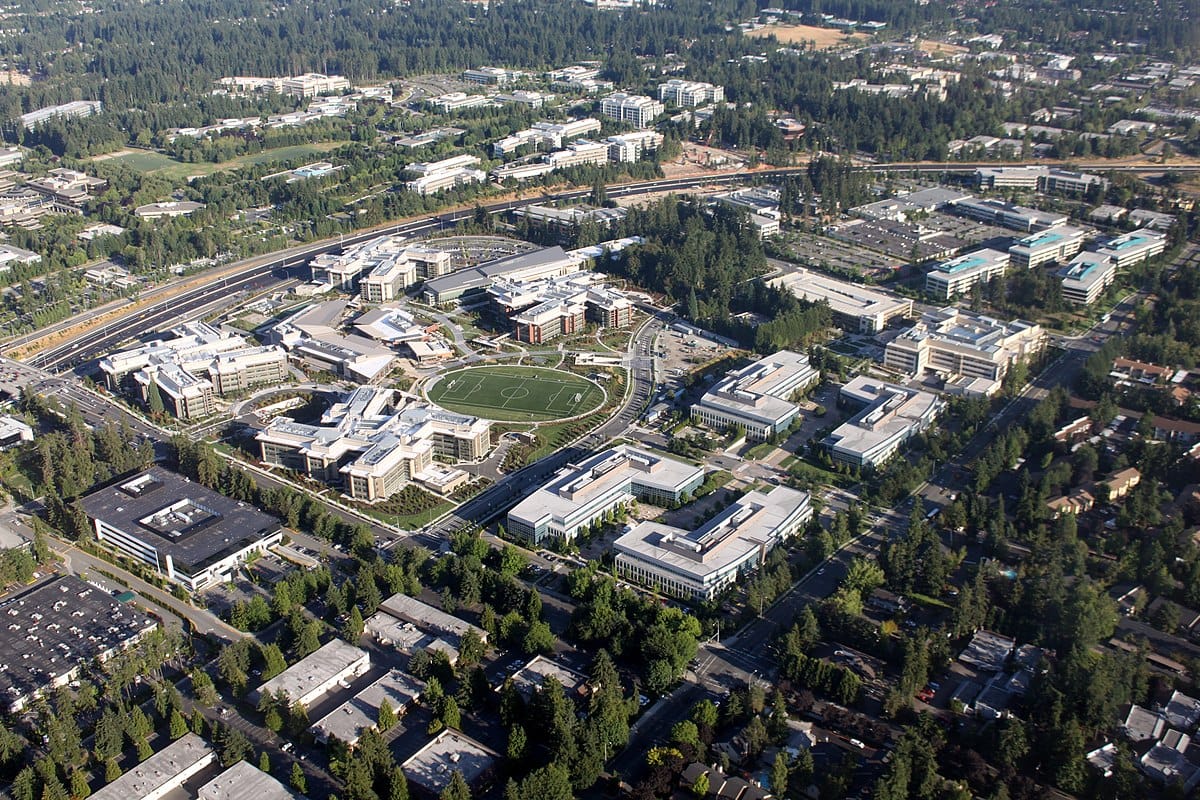
Some YIMBYs claim huge economic benefits for densification, such that one is led to believe, were the entire human population relocated into a single city built in the shape of the Death Star, we should immediately enter an era of unprecedented abundance, and be launching colony ships to Alpha Centauri before a decade's end.

I find these YIMBY efficiency claims so farfetched that I hesitate to even cite their numbers. And they've become more incredible as time has passed.
The advances in telecommunications of the 20th and early 21st century have dramatically reduced the relevance of location. Today people on one side of the world can communicate with those on the other not just by telephone, but by live video or virtual reality. Billions are interconnected by social media. Many companies now allow half or more of work days to be at home, thus halving total commute times and quadrupling the area within tolerable commuting distance. Because of these technological developments, historical gains deriving from density, like those ancient Greek mathematicians might have enjoyed from gathering in Athens to share their research, have little relevance to the modern world. Indeed, studies on density and productivity from even a decade ago are no longer reliable.
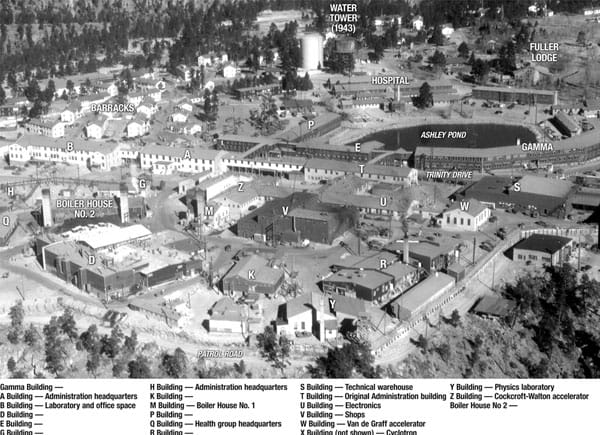

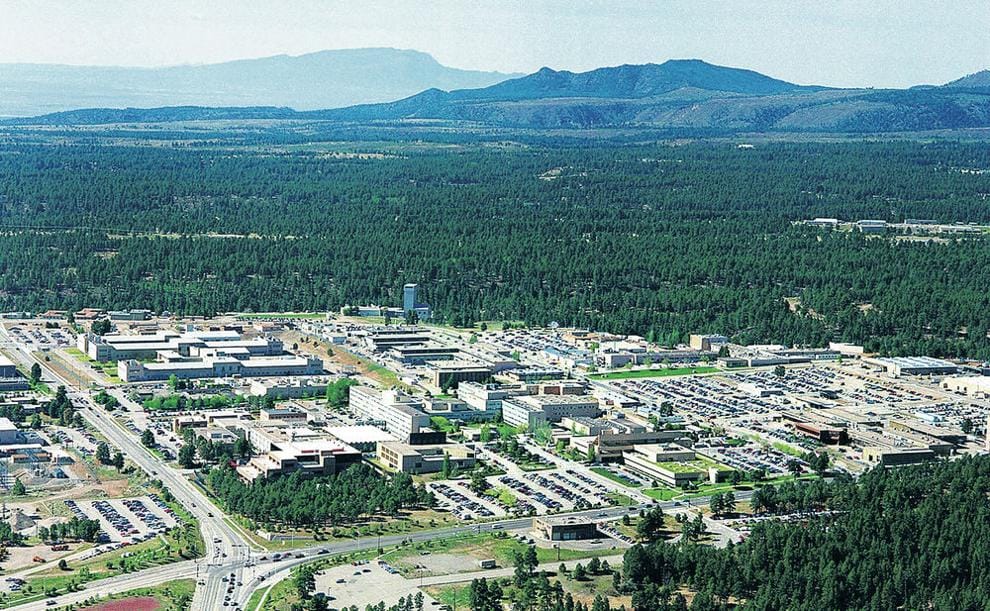
While the "Manhattan Project" did start in Manhattan, it wasn't carried out there, but at low-density sites like Los Alamos, NM, which Oppenheimer believed would inspire researchers.
Still, setting aside the most exaggerated and outdated pro-density claims, there is good reason to believe some businesses benefit from density in excess of GIMBY limits. After all, if that weren't the case, no one would situate their premises in dense, costly locations in the first place. So while the size of the benefit may be small, YIMBYs' basic point must be correct.

And yet, our earlier conclusions stand regardless. Let's put them together and see what happens.
(2) Density causes an increase in their efficiency.
(3) Density causes a reduction in your quality of life.
(Naturally excess density is the problem, not just any density. That's a matter I'll clarify momentarily.)
Now, combining these three ideas generates the following proposition:
This, dear readers, sounds like the very definition of a negative externality.
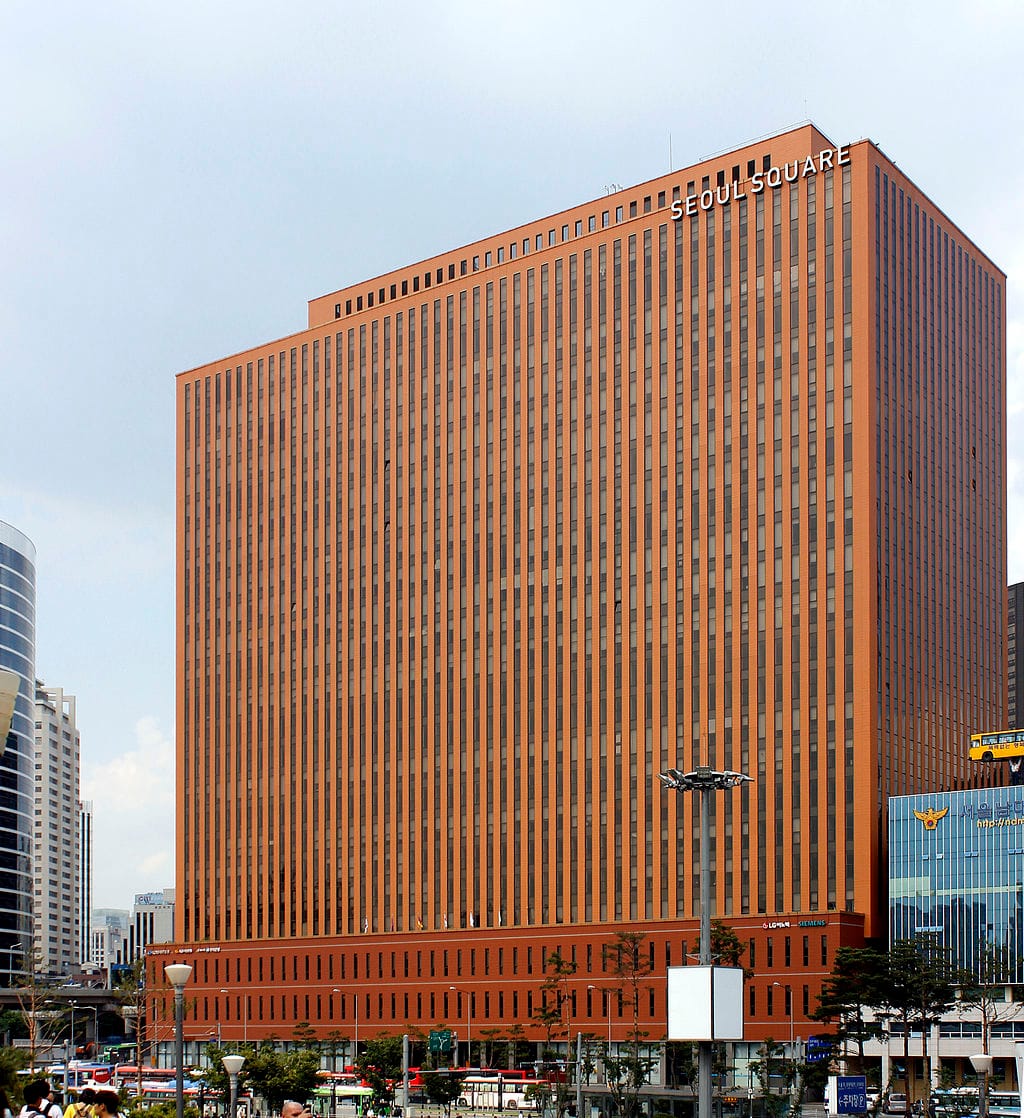
In case you don't trust the abstract logic we've assembled, let's go over a concrete example.
Kate works at a spa near the heart of Pleasantville, a modest town in the process of growing into a big city. Land is cheap, and her wages allow her to rent a house around twenty-minutes' drive away. One day Acme Inc. decides to locate its new headquarters in Pleasantville. It builds a modern high-rise office building beside the spa. Acme's headquarters needs many employees, and while some are recruited from the existing local labor pool, others are transferred in or hired from elsewhere. The new headquarters is a great success: the concentration of labor allows Acme's efficiency to increase significantly. Of course, demand for housing within a reasonable commute of the new Acme building also increases significantly.

As we demonstrated in the previous section, Acme office workers aren't paid in money they can use to buy homes anywhere, but in vouchers they can only use to demand, well, what Kate has. This new demand means local landowners can now draw more rent per acre, so before long Kate's landlord notifies her of a hike she can't pay. Her wages at the spa have gone up, but not up enough to let her continue renting a detached house in increasingly dense Pleasantville. Kate has to choose between renting a different house that's an hour commute from the spa where she works, or a nearby apartment on the fourth floor of a large building.

On paper Kate's doing fine, because the amount of rent she'll pay for her new home hasn't increased faster than her salary. But she's getting less for it. She liked her house and backyard garden full of camellias; she doesn't like apartments, and hates long commutes. The Acme building casts a dark shadow over the little spa. The streets fill with unfamiliar, unfriendly people. The parks are more crowded, and it's hard to find a picnic table at lunchtime.
So Acme Inc. benefits from the increased labor pool it's brought to Pleasantville, while Kate and others like her pay the cost of densification in the form of reduced quality of life. The benefit shows up in crude economic statistics. But the cost does not.

NIMBYs have long understood the gains and losses in this story. And yet the response from YIMBYs has been to point at the crude economic statistics and tell NIMBYs, again and again, that they're not seeing what they think they're seeing. That they're winning even though it feels like they're losing, and that paper wealth makes up for experienced poverty. YIMBYs will say that Kate could leave the city and move wherever she wants, but of course that's easier said than done; and so the fraction of people like her, herded against their will into housing they don't like, continually increases.

As we explained in the previous section, the mistake in the NIMBY position doesn't lie in their impression that densification can and does reduce quality of life. It lies in their attempt to target residential density directly instead of recognizing and counteracting the inseparable cause. Namely, the centralizing gravity of commercial real estate.

To be clear, the neat three-word dictum that density lowers quality only applies past a certain point. Few would dispute that its early effects, starting from the low base of a small village, are positive. They bring to rustic colonists the butcher, the baker, and the candlestick maker. Yet as the village grows into a town and then a city and then a metropolis, the relationship between densification and quality of life traverses a U-shaped curve, and not, as YIMBYs would have it, an eternally positive slope.

I'll call the point beyond which densification causes a net loss in quality of life the concentration utility limit. Densification beyond this limit is tautologically excessive. Where exactly the concentration utility limit lies for any given city is a matter for debate, and the moment it's crossed may be imperceptible. But no reasonable person can doubt it exists.

Excessive density is, in effect, a form of pollution generated by human-capital-intensive industries. It's not readily identified as such because the costs, which manifest themselves in poorer living conditions, are neither obviously caused by the businesses that benefit from them, nor easily quantified. Yet the same can be said about forms of industrial pollution whose costs, imposed in the form of gradual environmental degradation, are neither immediately traceable to their source nor objectively assessable in dollar terms, but must be estimated after study and with a translation of quality to quantity that's inevitably somewhat arbitrary.

The accepted response to negative externalities like industrial pollution is to impose taxes on polluting businesses commensurate with the costs those businesses impose on others. Density pollution should be no different. So proposing to give people the lifestyle they want by taxing commercial real-estate density is far from radical. It's actually in full agreement with conventional economic wisdom.



Three shades of density pollution.
To conclude this section, the principal YIMBY objection to GIMBY policies—that they would be harmful on net because density improves business efficiency—is therefore self-refuting even before the empirical evidence has been examined. If excessive density doesn't meaningfully improve efficiency, the claim is empty from the start. But if excessive density does meaningfully improve efficiency, it's a negative externality of the businesses who benefit from it, on account of which those businesses deserve to be taxed just as GIMBY proposes. The question, then, isn't whether excessive density should be taxed. It's how high that tax should be.

There's no way to say a priori where the line should be drawn between helping the public and making allowances for business. Efficiency gains need to be accurately measured and contextualized; quality of life impacts need to be translated, however subjectively, into numbers. Yet recall that an unregulated business can be expected to pollute even if the resulting profit is much too small to offset the loss to society as a whole. The existence of density pollution is indeed evidence that businesses benefit from it; but it's not proof that this benefit is of a size that meaningfully impacts their feasibility.

I'll also observe that the last fifty years have been characterized by both a continual decrease in the cost of consumer goods, and a continual increase in the cost of housing and other necessaries. At some point we ought to recognize this process for the absurdity that it is. There's no reason to celebrate cheap TVs when they come at the price of a vertical prison sentence. If the economy is to serve the people rather than the people serving the economy, it's past time to right this balance. Today what we need more than efficient widget production—is grass.

III. Commute time in GIMBY cities will be reasonable, and commute inequality can reach unprecedented lows.
In this section I'll explain how GIMBY will both ensure reasonable commutes and reduce commuting inequality, an underappreciated problem. Let's start with the first of these. This section will include some mathy elements, but feel free to skim past them if you prefer.

YIMBYs frequently announce that low-density living guarantees terrible traffic. The claim is a curious one. It doesn't square with the fact that rural villages rarely have traffic problems, whereas dense cities often have terrible traffic. After all, if low density caused bad traffic, then surely rural villages would be the worst.

The cause of bad traffic is plainly not low density as such. Rather, it's density in excess of road capacity. Small towns don't have this problem, whereas the biggest metropolises can mitigate it with public transportation. But somewhere between these extremes lies a traffic sour spot: a density that's too low for cost-effective public transportation, yet too high for feasible road capacity.

Cities stumble into the traffic sour spot precisely by allowing their density to grow too much. GIMBY aims to prevent this from happening in the first place. By setting a modest ceiling on an area's population, we'll inherently limit the amount of traffic it can ever generate. Of course, where the traffic sour spot lies depends on several factors, including geography, layout, infrastructure, and so on. A proper implementation of GIMBY will manage all of these to ensure problems never arise.

When people assume low density will automatically create unbearable traffic, they're usually operating with an ingrained mental model of low-density suburbs surrounding a high-density urban core where suburbanites work. But that's not the GIMBY model at all. GIMBY policies explicitly aim to restrain commercial density, not just in the suburbs, but at the city center too. And that means less travel toward the core. When you think about it from this angle, it's easy to understand how GIMBY avoids traffic.

Yet this is where YIMBYs like to raise a new objection. Spreading jobs outside the urban core, they argue, inherently causes long commute times and bad traffic, regardless of the overall density.
Before I respond, I want to be clear that GIMBY isn't fixated on any particular layout. It doesn't entail a requirement to ban central business districts. It only entails limiting those districts to levels that indirectly achieve the target residential density in their surrounds. So even if it were true that nuclear cities are necessary, this wouldn't actually be an objection to GIMBY.
Nevertheless, I'm going to explain in detail why they're neither necessary, nor even desirable, because it will give me an opportunity to advertise the multiplicity of worthy forms low-density cities can take.

With this in mind, let's put together a simple model of commuting. The diagram below illustrates a series of city layouts. By measuring the distances and areas we can calculate how commutes change with the layout. I've done these calculations in the linked spreadsheet, though you don't need to study it to follow along. Typical commute times are recorded in the black numbers below each circle.
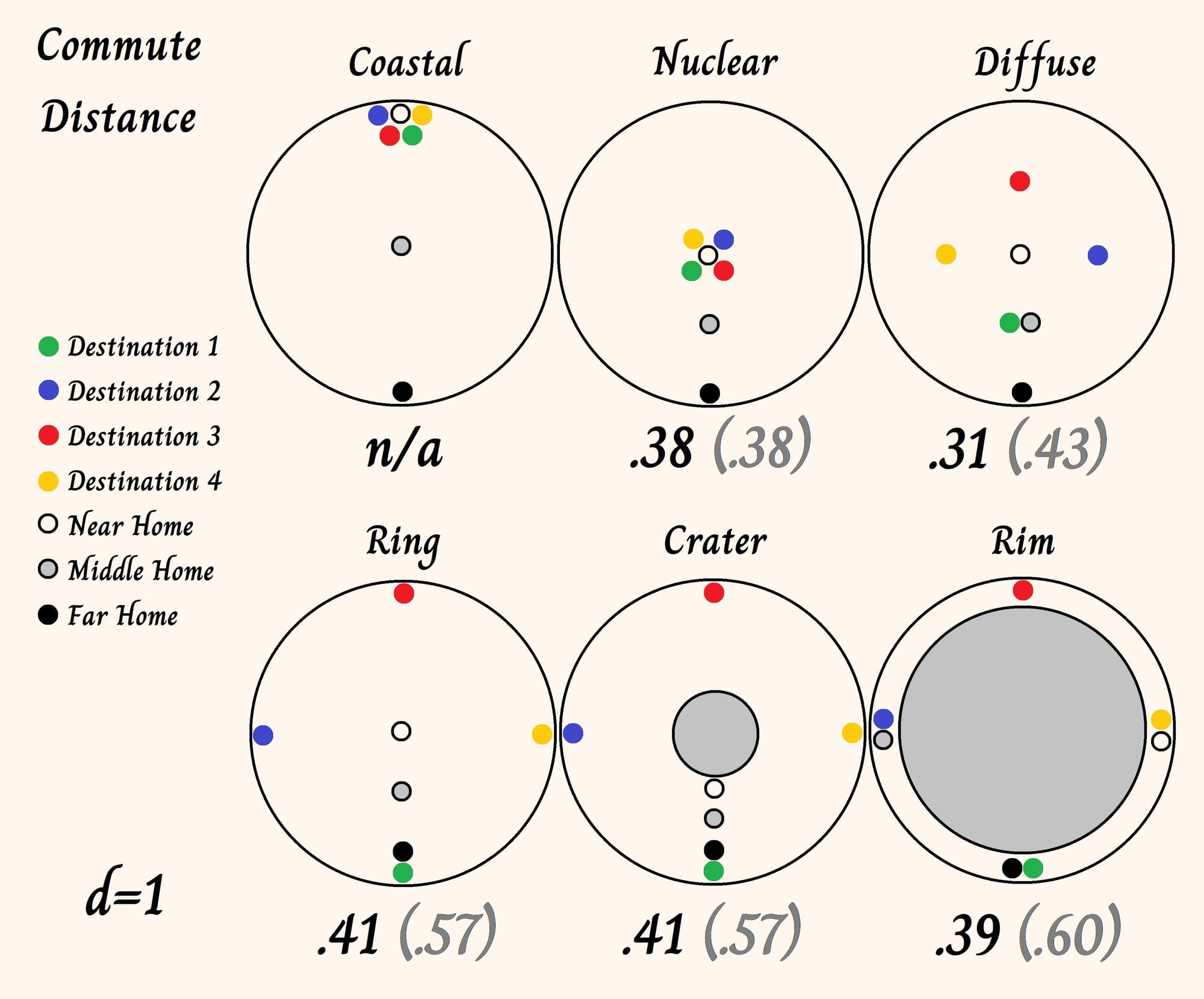
The numbers at the bottom record the area-adjusted mean commute distance (gray) and the weighted area-adjusted mean commute distance (black). The adjustment simply accounts for the fact that area increases nonlinearly as you move away from a circle's center, meaning there's more land for housing nearer the fringe. The weighting is intended to model real travel patterns, and makes the following assumption: relative to the farthest possible destination in a city, a household visits their nearest destination four times as often, and a middle-distance destination three times as often.
If we assume people are randomly distributed and choose their destinations at random, a diffuse layout only performs modestly worse than a nuclear one. If, on the other hand, we make the more reasonable assumption that people will visit destinations nearer them more often, we find instead that a diffuse layout has a shorter average commute than a nuclear one.

To understand why, consider that when workplaces are spread out you can easily live close to your own. But when they're all in the center, you're forced to drive a long distance every day, because their surrounds are so crowded you can't find a nearby home you like. It's true that those who change jobs faster than homes will occasionally face a long drive to the opposite side of town in anything other than a standard nuclear city. But cases like this are the exception rather than the rule.

People who've spent their whole lives in dense cities sometimes buy into the YIMBY claim that suburban commutes are necessarily unbearable. If they don't trust a geometrical model, maybe they'll trust experience. I lived in a highly diffuse city for a number of years, at a fair distance to my workplace, and did not find commuting to be a big deal. Nor did those around me. The math in the model is a better match for reality than urban myths about the suburbs.
In short, diffusing commercial real estate instead of concentrating it in the center can work out just fine. I'm not saying you can't keep your nuclear cities if you want them. I'm just saying you don't have to.

Some cities have difficult geography, with oceans or mountains forcing them to take an irregular shape and squeezing greenfield expansion into narrow corridors. These cities may be tempted to let population density exceed their natural commuting capacity. GIMBY is far from an anti-growth program, but in these tough cases “just stop growing” really is the answer. Why ruin a beautiful place? There's no reason a city squeezed tightly between a mountain range and a bay has to house more and more of the world's population forever when there's empty land out in the countryside. In cases like this, we should use the GIMBY policy toolkit to redirect people to provincial towns rather than the exurbs of a geographically constricted city.

The second important commuting factor is a little harder to understand than average commute time, so before we dig in we need to step back.
Consider a basic economic principle: the price of land depends on the difference between its productivity and that of the least productive land in use. Let's reformulate this principle for the matter at hand. The price of residential land depends on the difference between its travel time to jobs and amenities and the analogous travel time from the furthest land in use. I'll call this difference commute inequality.
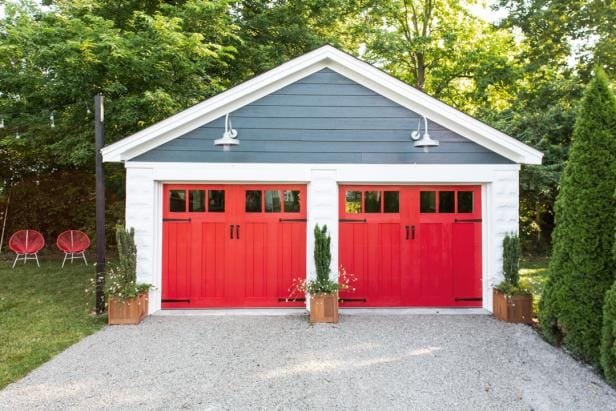
In simple terms, when some parts of a city have a short commute and others have a long one, the cost of land goes up. And if the difference is big, the cost goes up a lot. The entire price of avoiding these long commutes is paid to inner-city landowners. So as a city grows, land rents consume more and more money.

It's casually assumed this is inevitable, but that's not the case. It's possible to reduce or even eliminate commute inequality just by altering the city layout, without any change to the number of households or the size of yards. That means citizens will have more housing options and keep more of their wages. The image below shows how it works.
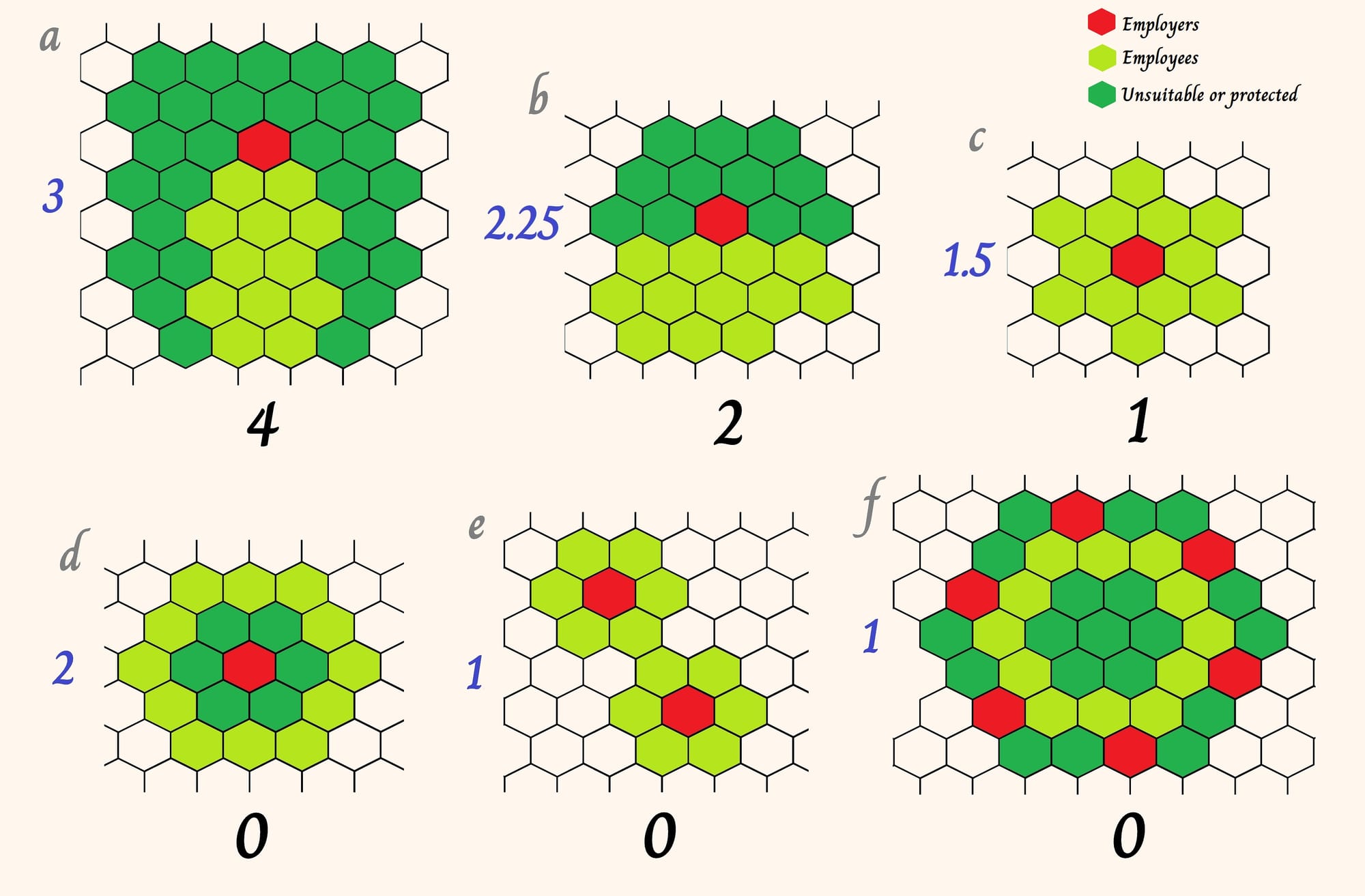
Here red hexagons represent employers, light-green represent employees, and dark green represent parks or natural features that are traversable but not suitable for development. Each figure has the same number of employees. The black numbers in the diagram record commute inequality. That is, the difference between the longest and shortest commute from an employee to the nearest employer. The blue numbers record the average commute time.
As you can see from figures c and d, commute inequality is independent of average commute time. One can go up when the other goes down. An ideal city would use a layout with both low commute time and low inequality, as in figures e and f.
Each of those feature lower commercial real-estate density. The reason for this is that when commercial real-estate density is high, every employee wants to live in the same location. But when it's low, their ideal locations are different. That means less competition for the same housing.

Now, in the real world households don't only travel to a single destination, but to many. So if we want to find the best layout, our simple hexagonal model won't do. Instead we need to ask the following question.
Sounds confusing. But reexamine our earlier illustration, shown again below. All we're trying to do is to choose the layout that minimizes the advantage in travel time the nearer (hollow) black circles enjoy over the further (solid) black circles, just as we did for the hexagon patterns.
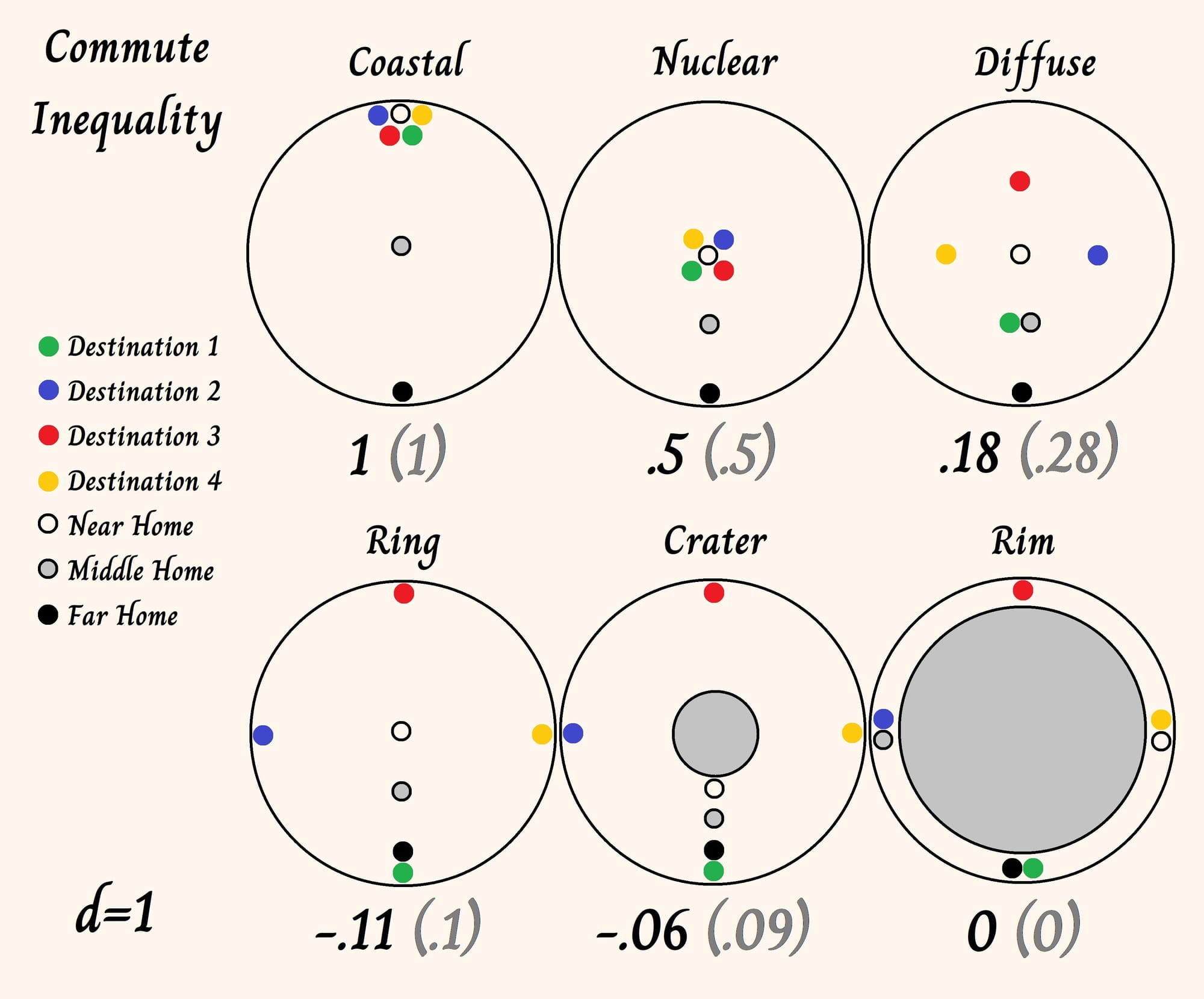
This time the numbers at the bottom indicate commute inequality, both unweighted (gray) and weighted to account for typical travel patterns (black).
The first two layouts are the most common, and they happen to be the worst by a long way. Actually, that's understating it. They're precisely the layouts that maximize land prices. A coastal layout gives harborside properties a huge location advantage over exurbs, and an inland urban core isn't much better. So YIMBYs' plan to double down on them is an inner-city landlord's wet dream.
Diffusing jobs and amenities does help quite a bit. But to minimize commute inequality, we actually need to move them all the way to the outer fringe.
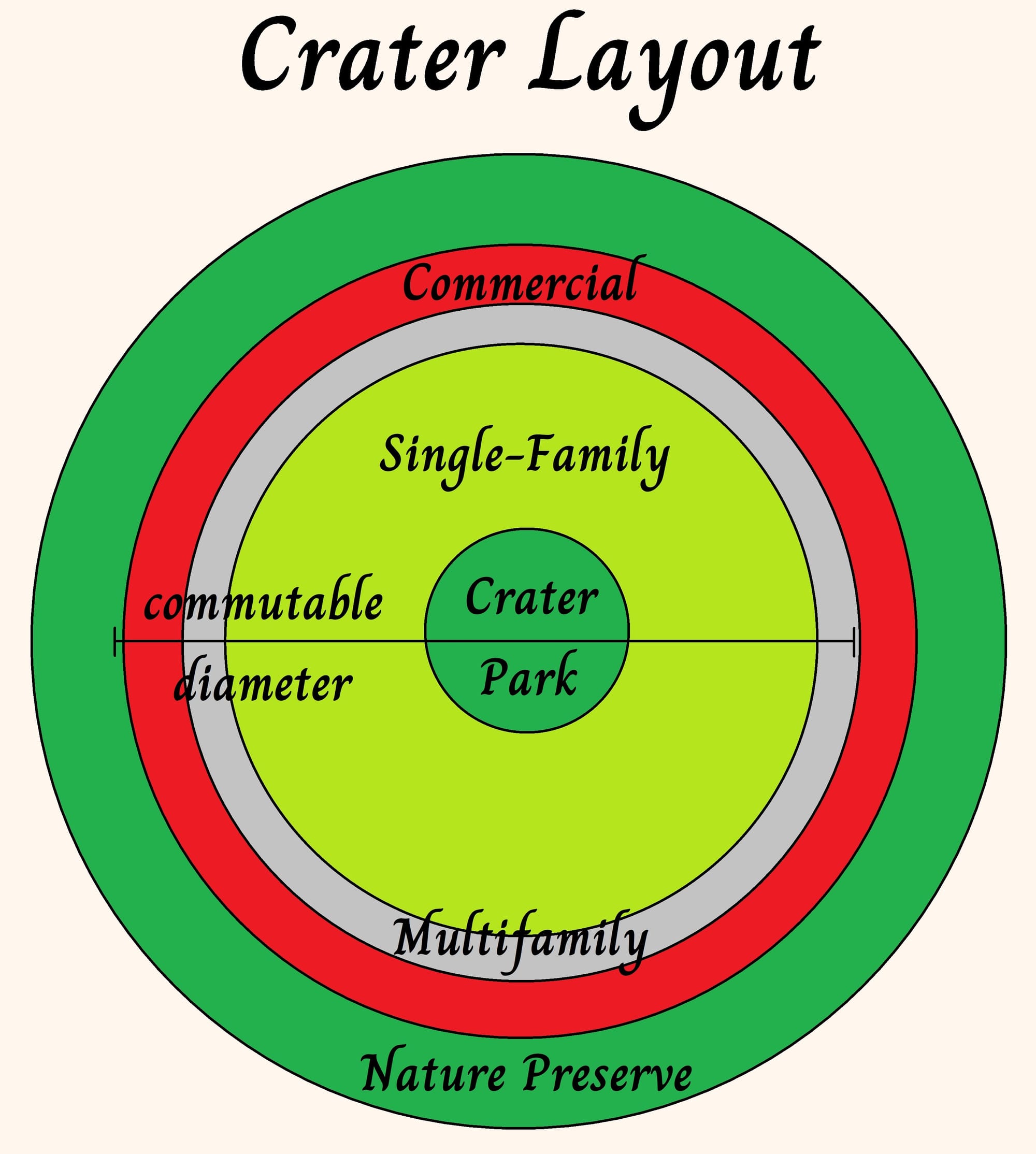
The layout that minimizes location-specific demand, and thereby land rents. Jobs and amenities must be spread evenly throughout the commercial district and not allowed to concentrate at one end, and the indicated diameter must not be exceeded.
It turns out the geometrically ideal solution is to put everything else at the fringe too. We won't go that far, of course. But we've good cause to situate a big, entirely empty park at the center, or perhaps a lake . . . or perhaps just an extraordinarily large hole, exactly where the tallest buildings would normally stand. And when we do that, commute inequality falls almost to zero.

This crater layout might sound like a useless oddity. Few cities can be planned from scratch, and one of this shape is unlikely to form by accident. But the main lesson here is that rather than simply leveling existing city-centers, we can, well, utterly crush them. Not only do we not have to worry that diffusing commercial real estate will cause impossible commutes, we actually have justification for pushing it even further out.

I'll admit that when this idea first occurred to me I cackled. Nothing could be more disturbing to hardened YIMBYs than the thought that an ideal city isn't just diffuse, but that their beloved city-center should indeed best be turned into a city-crater. You might assume I'm not serious, but the geometry speaks for itself.

No, really. (The dark future is denser cities.)
Now, do we need to crater our cities? No. NIMBYs who want to preserve urban heritage can rest easy, because asteroids aren't a mandatory component of the GIMBY program. But while the idea might seem fantastical, I hope you remember it the next time you hear YIMBYs claim we're all doomed if we don't pile into tall buildings at the center of town. Tell them you're ready to call the meteor. Some of their cities could use it!

Let's close this section with a quick summary. Contrary to YIMBY claims, there's no reason to believe traffic will make GIMBY cities unworkable. First, they'll inherently limit traffic by limiting density, including density of the central business district (if there is one). Second, alternative city layouts like uniform diffusion don't have to mean unreasonable commutes. And third, by inverting a typical city arrangement, we can put an end to high rents caused by commute inequality—if we dare.

low density + low commute inequality = low land rents
Inner-city landlords lose. Everyone else wins.

IV. Walkability
It's rare for a virtue to be exaggerated as much as YIMBYs exaggerate the virtues of walkability. In some places it's not a virtue at all, but a demerit, and well understood as such by residents.
The problem with walkability is that when you can walk to others, others can walk to you. Walkability makes your home more vulnerable to crime, so people intentionally seek out unwalkable locations for safety. In short, walkability means vulnerability.

You'll point out that criminals can drive too. True. But the largest part of the criminal class consists not of professional jewel thieves, but of men with hopelessly high time preference. In the long run they could make more money at lower risk with a proper job, but they don't do so because they're impulsive, prone to violence, and often drugged. To reduce the chance that someone impulsive will victimize you, it suffices to put time between you and that person. This means living in a place where they can't stumble blindly up to your door, but will instead forget where they're going or be pulled over on the way. An unwalkable low-density exurb isn't the only solution, but it does the trick.
Explain this to someone from the 20th century.
Now, you might say we should just cut crime—then we can have walkability. But the set of people intent on herding us into denser housing significantly overlaps with the set of people who won't let us fight crime in ways that have been proven to work. We aren't allowed to stop criminals, so it's incumbent on us to avoid them. You might not like it, but that's today's reality. And the only way that you, as an individual, can avoid crime is to move somewhere criminals are too lazy to visit. Namely, somewhere that's not walkable.

I can anticipate the objection to this line of argument. YIMBYs will claim crime is the lowest it's ever been, unwalkable communities aren't actually any safer, and people who move out of the city for safety are paranoid; and they'll come up with statistics that seem to support their claim. This is discordant with conventional wisdom, with my own experience, and with the experience of everyone I know, and I don't believe it for a second. But it's your own family's safety that you're putting on the line when you choose where to live. If you want to risk it by trusting YIMBYs, be my guest.

Even setting aside the issue of safety, which can vary meaningfully by time and place, walkability just doesn't have the practical value proponents seem to think it has.
For instance, while YIMBYs want us to imagine the ability to walk to the grocery store is an important benefit of density, the idea falls apart on the most casual inspection. Your car holds several times more than you can carry. That reduces the total number of unpleasant errands you need to run. Now: why would you want to have less grass so you can run more errands? It's nonsense. Walking to the grocery store is just wasting time.

Nevertheless, practical arguments aren't the only thing that matters. So let's set criticism aside and acknowledge that people do want walkability for its own sake, and that, if all things were equal, walkability would be a positive. We can also acknowledge that some people are unable to drive due to disability. Are there ways to facilitate walking in a low-density context? Certainly.

The kind of density GIMBY aims to reduce isn't building height, but population density in residential areas; and not population density in each square foot of residential areas, but population density averaged over, precisely, a walkable distance. The thought is that so long as this macro-level population density is kept low, people will have the opportunity to choose the kind of housing they want. Yet the housing they do choose can be quite variable, and isn't limited to single-family homes in traditional suburbs.

The illustration below shows a community that meets the GIMBY population target on the macro level, but has a dense, walkable core. This might appear to resemble the dense nuclear cities I criticized earlier, but the difference in scale is critical. Unlike in a larger city with the same plan, anyone living here can easily walk to the commercial core or to the nature preserve, and commute inequality is low. At the same time, strangers can't gain access on foot without a long trek.
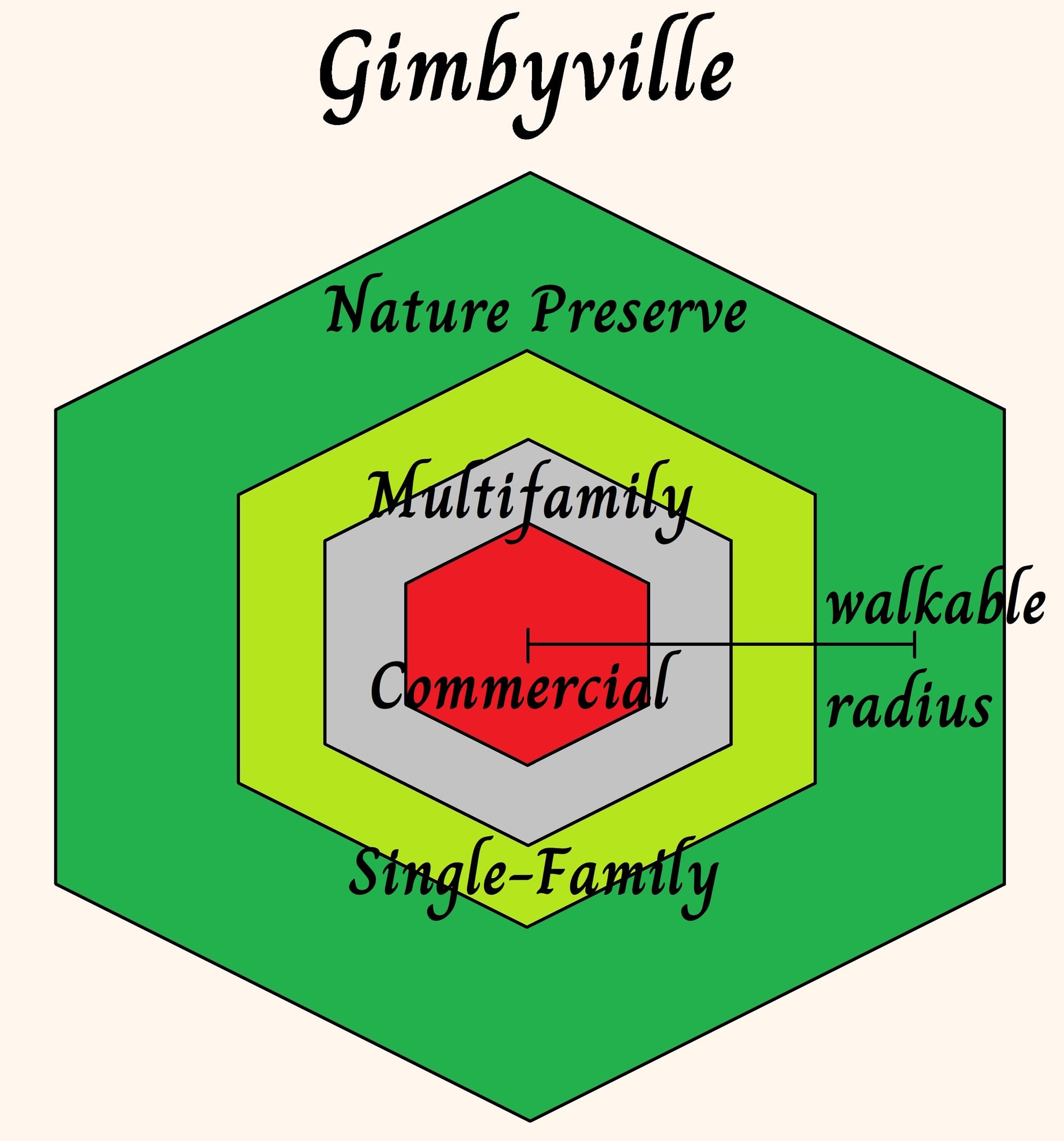
Conceptual illustration of a walkable GIMBY enclave.
It's the layout of an old-fashioned small town, and it happens to be the arrangement I like the most myself. GIMBY density restrictions are essential to preserve it, because beauty and livability fade as soon as the indicated radius is allowed to exceed a walkable distance.




Traditional European towns are GIMBY approved.
The next illustration shows how a series of these walkable communities can be connected. It's easy to build, because each enclave can be grown naturally from its own nucleus. The empty center implements the insights of the previous section.

GIMBY layouts include extensive nature preserves. These should be assigned national park status from the start, so future councils are never tempted to rezone the land for other uses.
A larger urban area can be produced by iterating the pattern fractally. The result is a network of small towns that collectively have access to the types of jobs and amenities associated with big cities. Further growth would take the form of further iteration, never densification or filling in.

A GIMBY "snowflake" layout. The wide corridors between enclaves allow fauna to circulate freely and form a connected ecosystem.
A snowflake layout isn't the only way to create a large, walkable GIMBY city. The contiguous crater layout, shown again below, is much more walkable than you might assume from its low density.
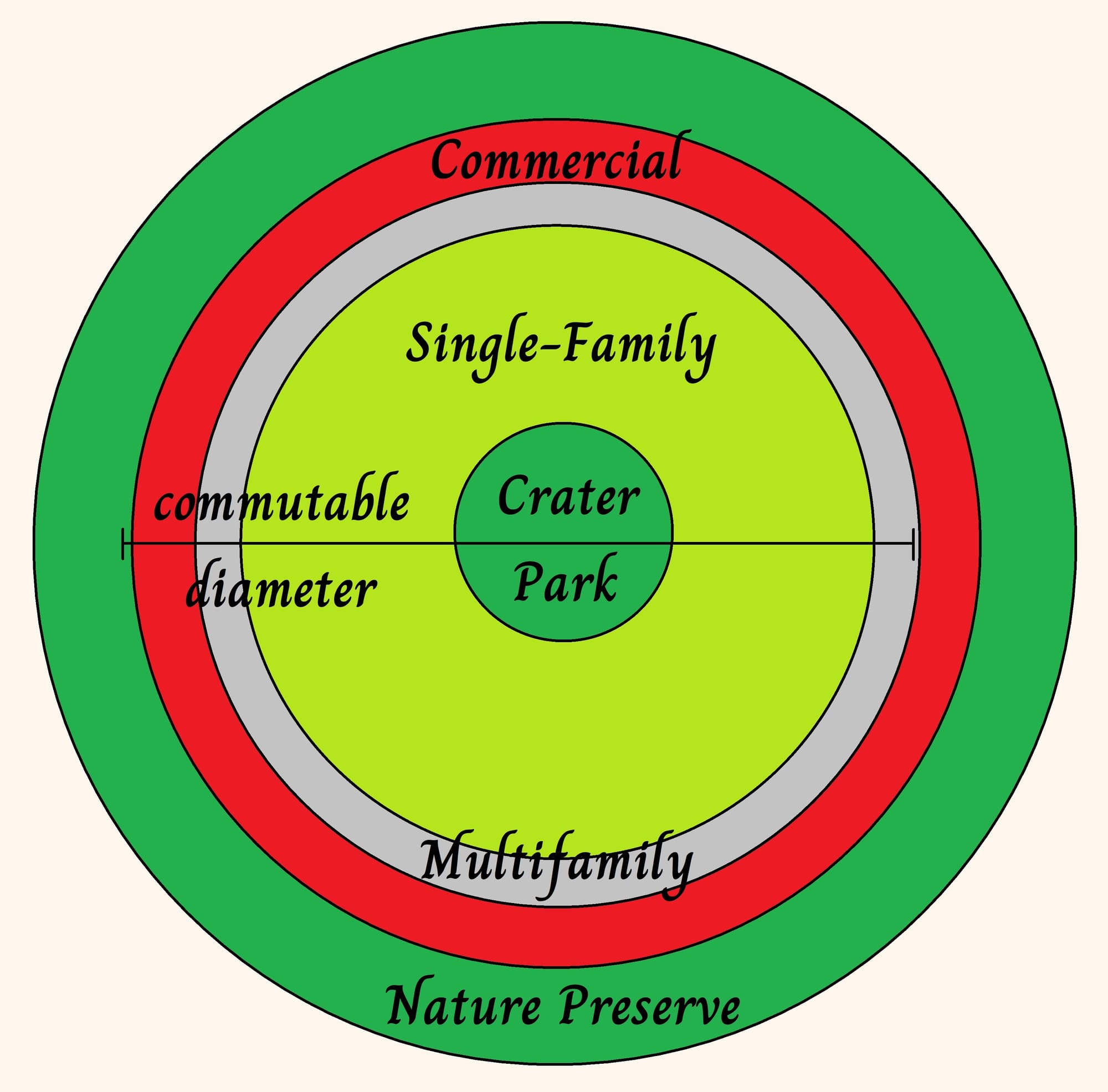
The adjoining commercial and multifamily rings allow for highly efficient public transport on a single set of circular tracks.
Its commercial district is built tightly, and public transport runs around the ring. This allows those who live in outer residential areas to do without cars. It's far more walkable than a uniformly diffuse city of the same density. And because the circumference has a much larger surface area than an urban core, it's walkable for far more people than a comparable nuclear city.

Semi-rural university towns are another example of walkable GIMBY communities. Because they include dormitories that may be three or four stories high, and many retailers are tightly packed as well, people tend to assume these towns aren't low density.

A cluster of multistory buildings surrounded by forest. A series of university-style towns could be networked together as described a moment ago.
But once again, GIMBY gauges density over a walkable distance, not by height. What makes them low density in the GIMBY sense is that the multistory buildings are counterbalanced by green space, not only in the form of quads and other university parks, but also natural areas surrounding the town and accessible to residents on foot. These are great places to build relationships from casual encounters—much better than dense cities can be.




Young singles instinctively seek out density, but today this instinct doesn't lead them in the best direction. They're more likely to meet their ideal mate in a university town than a dense metropolis.
The GIMBY movement doesn't place inordinate value on walkability. In fact, it enables people to have the typical low-density suburbs so many of them want. But the examples I've provided prove the concept is flexible enough to suit all tastes. YIMBYs and NIMBYS are welcome to dream up new types of low-density communities that will serve their needs. As should be apparent by now, the possibilities are endless.
When they're ready to demand GIMBY, they can meet us on the grass.

History proves even the best proposals won't be implemented if political support is lacking. For instance, a general land tax reduces the asset values of all landowners, a class that's large, powerful, and well represented among government officials. That's made land taxes of meaningful size politically impossible even though they're widely viewed as superior to other forms of taxation.
Can GIMBY succeed where others have failed? Yes. Land-tax advocates have neglected to consider the strategic value of a divide-and-conquer approach. Unlike a general land tax, GIMBY policies like density tax only reduce the asset values of landowners in high-density areas. They materially benefit stakeholders in low-density areas. This makes the latter our natural allies against the former. Furthermore, GIMBY can be adopted region by region and council by council, with high-density landlords powerless to stop provincial and ex-urban stakeholders from pursuing their own self-interest. All these advantages make GIMBY far more politically feasible than other land reforms.

V. Rethinking suburban aesthetics.
Mockery and derision directed at bad suburban aesthetics now have a long history. And in this case I'm in full agreement with the criticism. The worst thing about the suburbs isn't that they don't have enough subway stops. It's that so many of them are in such poor taste, and for no good reason.
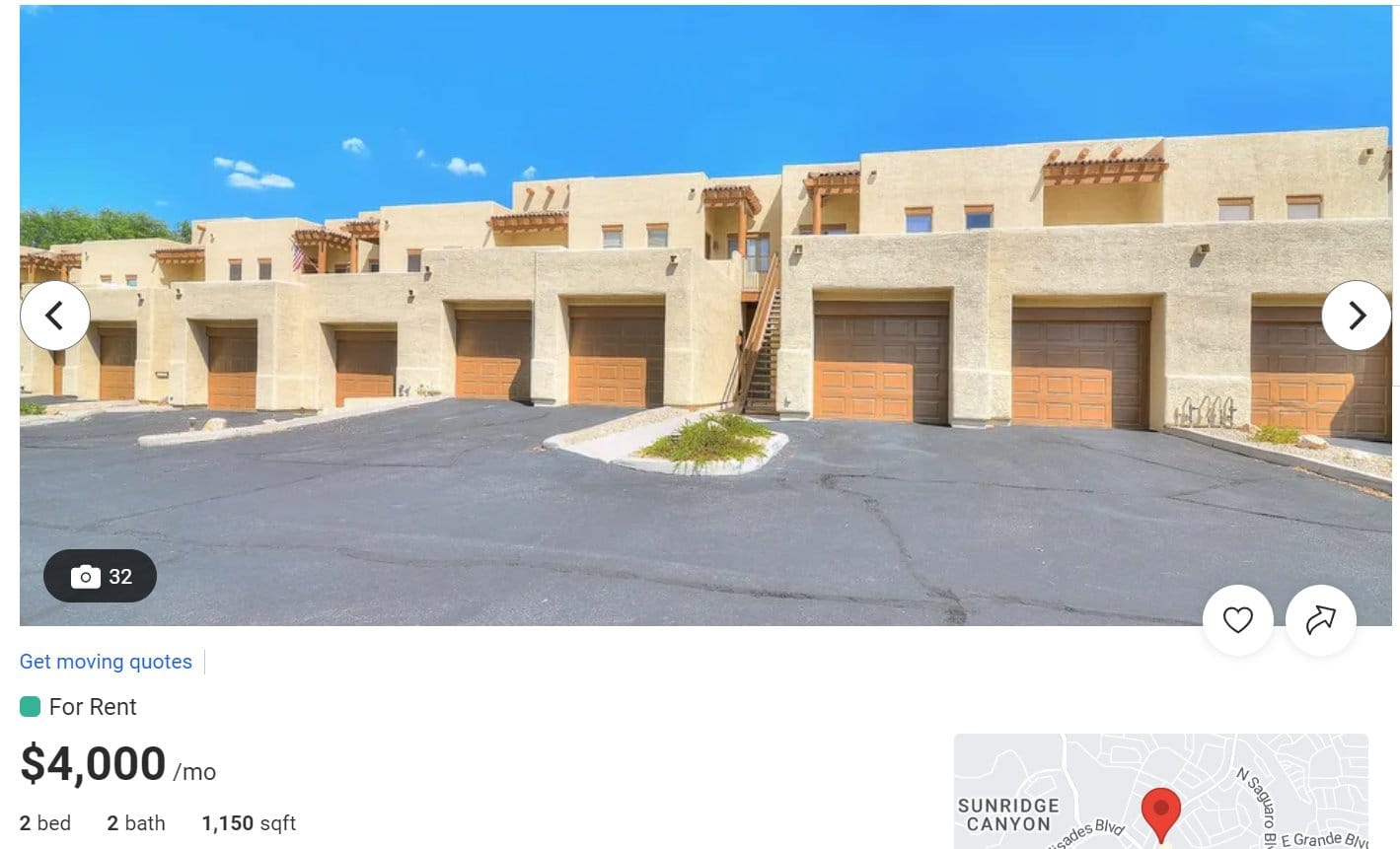
This sort of criticism, however, usually leads to a wrong turn. YIMBYs take the line that “vibrant” (read dangerous and grimy) inner-city neighborhoods are aesthetically superior by nature. To escape the sin of bad taste, they imply, we should give up our grass and turn ourselves in to the wardens of the concrete jungle.

Well, this is not the answer. It's throwing the baby out with the bathwater. Instead of giving up, we should just fix the problem. Let's make low density beautiful, the way we know it can be.

For instance, some developers build suburbs where every house, or every other house, is identical. This ends up looking terrible, and it's a frequent butt of jokes. Even the most oblivious grudgingly admit it's a mistake. People still buy them, of course. But does the financial savings justify the long-term damage to the beauty of the area and the lives of people who live there? We can do studies to quantify this savings, and if the answer is no, local councils can establish a minimum variation requirement to stop the problem from occurring. Small tweaks like this are much better than simply abandoning the low-density lifestyle people want because of aesthetic flaws that are easily avoidable.

Giant parking lots are another eyesore, and they contribute to the urban heat-island effect as well. Should we then ban cars, as some hardcore YIMBYs would have it—or should we require that shade trees be planted over the pavement? One of these solutions is clearly better than the other. The cost is low, and the aesthetic benefit would be huge.

Aesthetics isn't as intuitive as aesthetes are tempted to believe. Most people understand what's beautiful and what's not on some level, but don't really understand the reasons and causes. That makes it hard for them to recognize and avoid mistakes. They end up choosing ugliness out of ignorance or busyness, not innate insensibility.
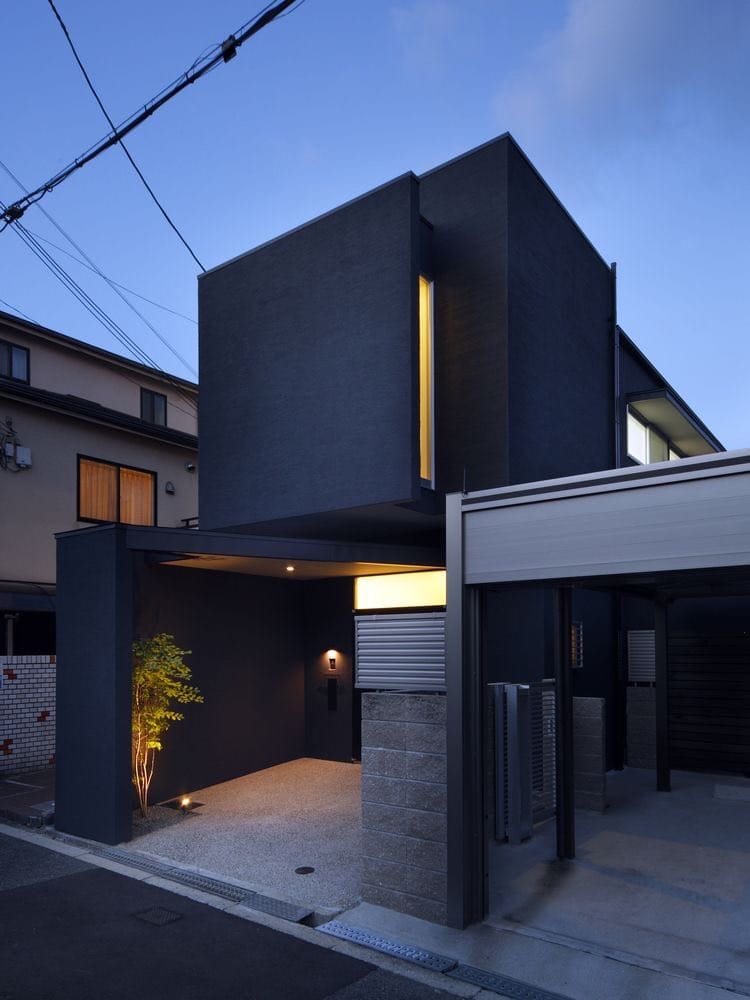
Cookie-cutter tract houses aren't the only problem. In recent times single-family housing of all sorts has been done badly due to market failures, herd behavior, perverse incentives, and simple ignorance. The errors cut across all income levels.
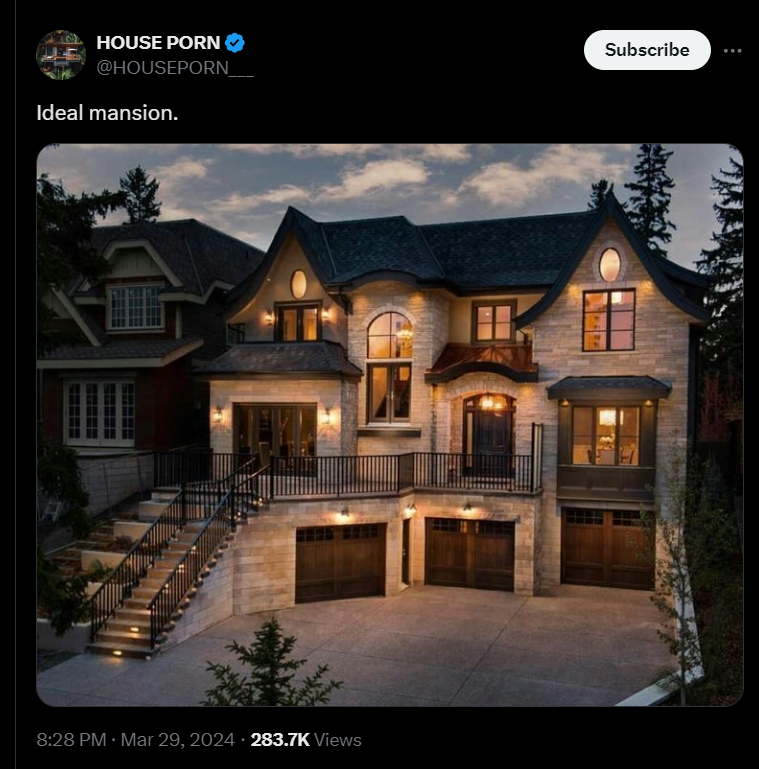
Horrible.
To correct this, better education and outreach are indispensable. They're certainly more important than council regulations, which can easily become overbearing and hamfisted. So a key pillar of the GIMBY movement is to educate people on better aesthetics for low-density communities and help today's homeowners avoid repeating past mistakes.
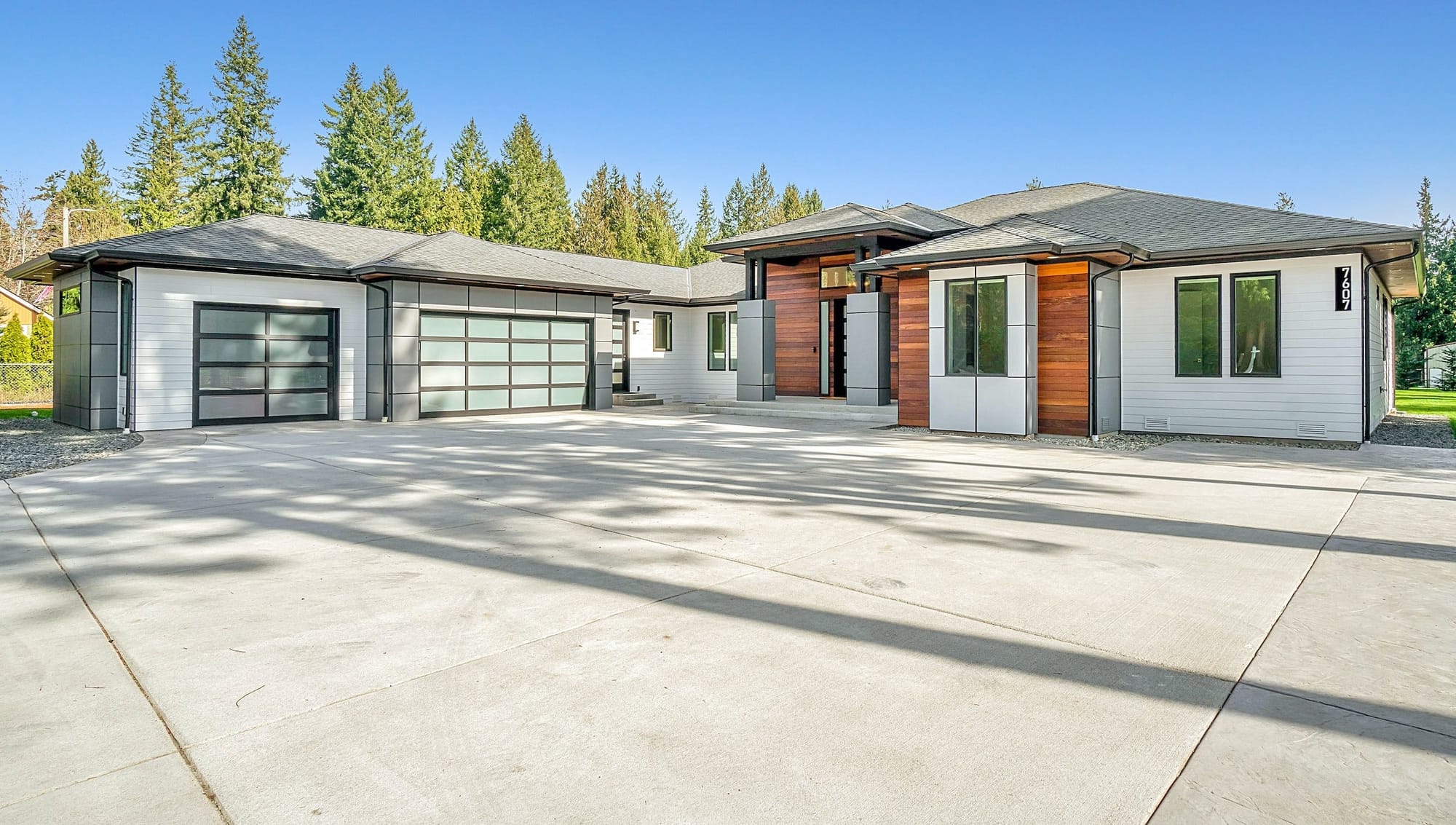
A full account of these improvements to low-density design requires a separate article, so I'll keep this section short. If you're interested in the problem, I recommend you start from my essay “End Attached Garages Now.” However, I'd like to correct one last common YIMBY objection before I conclude.

Critics of low density claim it can only work for the wealthy, and it's impossible to build nice homes for those with lower incomes. This is exaggerated at best. I'm not going to claim we can put every family in a beautiful detached home yet. But we can do far better than we have done.


Above and below you'll see some cottages from Key West. These prove that pleasant low-density homes can be built even with limited budgets.


No, I'm obviously not implying that everyone can afford a home in Key West. Only that we can build small and simple single-family homes that look like nice places to live.
Restraining population density already gives us the single most valuable tool for bringing attractive houses to low-income households: gardens. Gardens make their beauty felt even when the house itself looks rather unpleasant.

When you have a plot of land, a garden is the cheapest way to make it pretty. But you do need that plot of land. If your income is below the average, a place to grow your own trees and plant your own flowers is something only the GIMBY movement can promise you. Accept no substitutes—because no substitute cares to even give you the shadow of a chance at having grass.

VI. How and why they decided to stuff you into a pod and feed you bugs: the sordid history of high-density activism.
When the ideas presented in this article first occurred to me, I was confused as to why I'd never heard them before. They seemed so simple, so obvious. So I did a little research. What did I find?


Monticello and its gardens.
It turns out that low-density advocacy has been around for a long time. It goes all the way back to Thomas Jefferson, and probably farther. Jefferson observed that disease spread more quickly in the city, and the denser the city, the faster it spread. So he drew up new city designs that would allow everyone to have better access to green, open spaces.
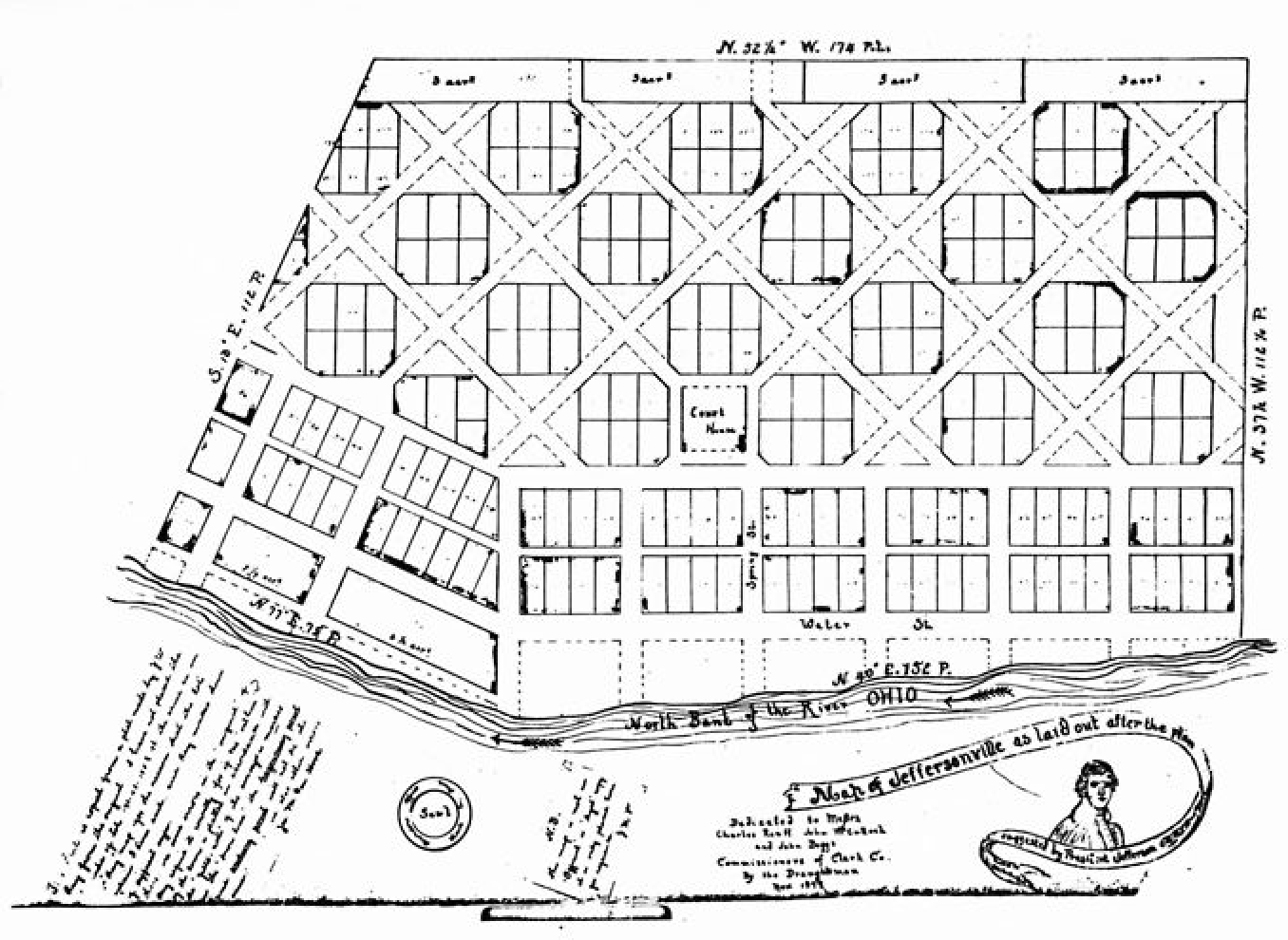
Frank Lloyd Wright promoted low-density living as well. He planned a model community called Broadacres, where everyone would have a one-acre property of their own and nothing was walkable, and had his assistants build a model to promote it to the public. You can see that model below.

By the middle twentieth century, low density was the dominant preference among policy makers and the dominant preference among citizens. People saw the automobile as a technological miracle that would finally free humanity from the scourge of urban slums.

But it wasn't to last. Modernists, the great villains in the history of art, saw things differently. Le Corbusier wanted people to live in these:
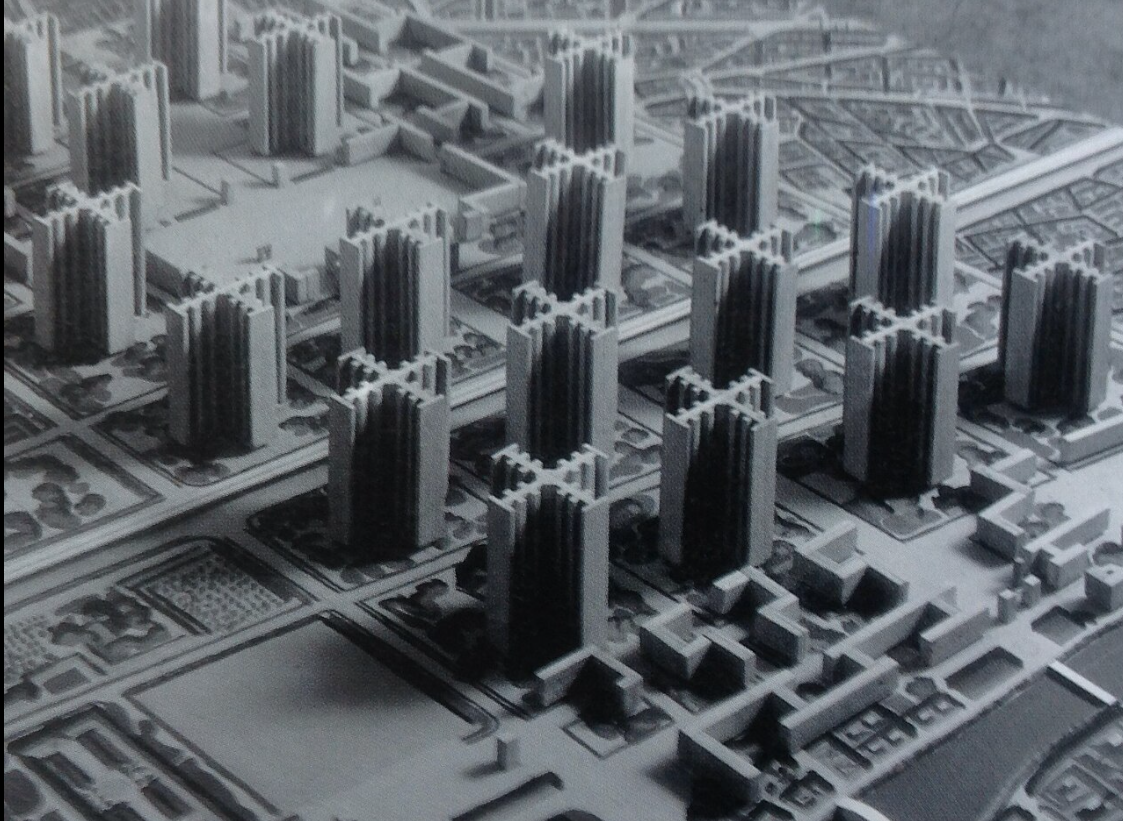
Take a long look, folks. That's not just casual, everyday bad taste. That's the architectural equivalent of a Bond-villain plot to destroy the world. He drew up a dystopia and demanded we make it reality.
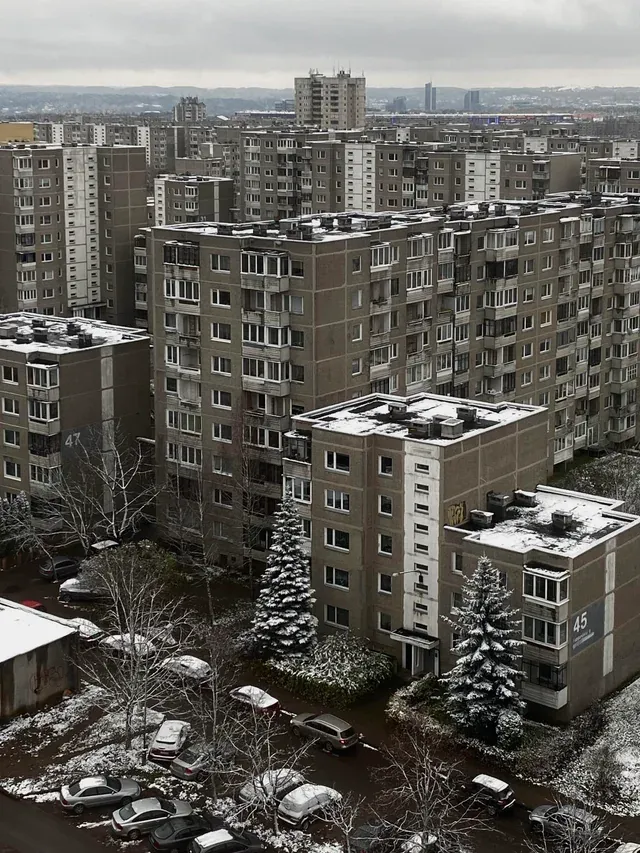
I'm not sure if the Soviets listened to him or just built the same dystopia by accident, but Occidental academics certainly listened. Even as the public was rejoicing in their escape from the slums, professors were coalescing around the new ideal of a “compact” city. As I pointed out earlier, “compact” is just another way of saying, “less land for you.”

For a while these academic activists had little impact on the broader world. The turning point came in the 1990s, when the increasingly powerful environmental movement sided with density. Why? Ostensibly to save fuel. But further calculation showed the fuel savings from density was tiny. With the efficiency improvements we've made to cars since then, as well as the digitization of the global economy, it's even less today.

The benefit was too small to make sense. What had really happened was that the already existing pro-density movement, the villains I mentioned a moment ago, were ready to grasp any straw to make their ideas law. The environmental activists had, perhaps accidentally, or perhaps on purpose, given them the excuse they needed to justify something nobody wanted.

It was an early case of what's now known as “greenwashing”: a policy or product that makes no useful contribution to environmental goals, but waves around environmental credentials to win special privileges it doesn't deserve. The most overzealous environmental activists line up unthinkingly behind greenwashers, because when it comes to saving the planet, no win is too small, and no sacrifice too great. Others follow, not because they have any idea what they're talking about, but because endorsing what environmentalists endorse makes them sound like nice people. I've analyzed an example in my essay “Trust Networks”: paper bags have been widely promoted as green, and certainly sound good for the environment—but they just aren't.
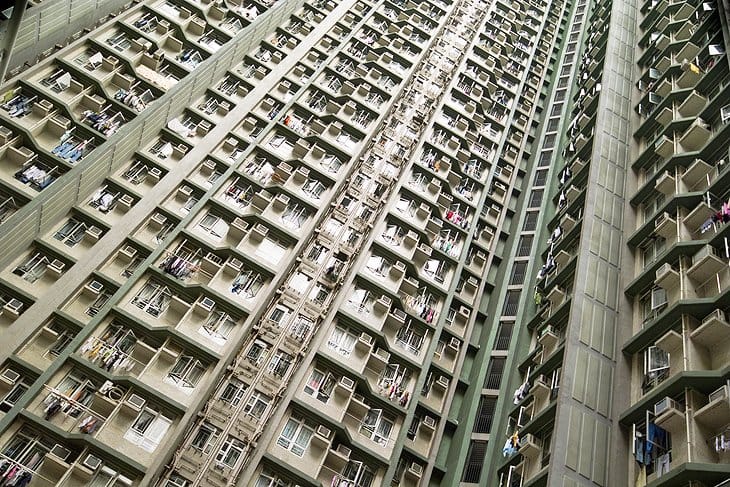
I'm not saying this because I'm against environmentalism. I think both urban and home design could be improved by listening to some of the things environmentalists have to say. We need more trees, for one. But sacrificing the lifestyles people cherish for a tiny, theoretical reduction in energy use isn't sensible policy. It's zealotry—and perhaps worse.

The fact is, the broader public still doesn't agree with the pro-density argument. They never have. But fringe activists have managed to capture the megaphone and drown out the quiet supermajority who want a house, with a yard, and air, and sun. Today the YIMBY movement is their excuse, just as the environmental movement was in the past. At a time of exploding housing costs, it's convenient to adopt the pretense of caring about those costs, when what they've really wanted all along, for their own inscrutable reasons, is to stuff you into a pod and crush your car into a very dense hunk of metal.

To be clear, dear YIMBY reader, I'm not talking about you. Plenty of YIMBYs are honest people just looking for a way to improve the world. I know that well; I used to be one of you. But the history of pro-density activism should give you pause and cause to doubt whether you're on the right track. I don't believe you're entirely sold on it. Something feels wrong, don't you think?
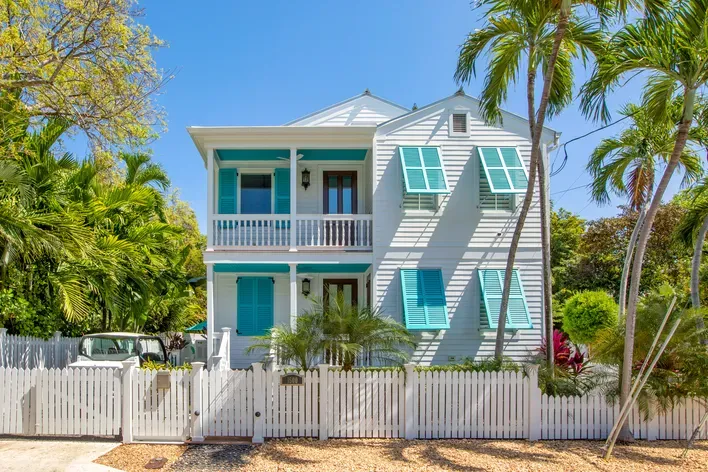
And now I can tell you why I wrote this article. You might assume I too have a long history of anti-density activism and involvement in urban-planning debates. No. I don't care about the issue much at all. I don't find it interesting, haven't written about it before, and will never write about it again. If you don't believe me, browse my website. You'll see that it's true. I've simply nothing to do with it.


Modern high-density construction reduces aesthetic diversity. Left: India. Right: Korea.
What happened is this. I looked at some photos of urban high-rises, thought, “No way, that's seriously dreadful,” and wrote a thread on social media saying what everyone knows. Which is that nobody actually likes density, but so very strangely, all public discourse is about how great density is. I assumed nothing would come of it. But the thread I'd tossed off in a couple of hours went viral.

I followed all the responses out of astonished curiosity. I was expecting YIMBY activists—wrong though they are anyway—to whip out some kind of killer gotcha, disproving my line of argument. I was expecting them to find a flaw in my GIMBY proposal that made it, if not socially and aesthetically incorrect, at least economically impossible. But no such argument came forward. The replies from YIMBYs were insane, retarded, and made them seem even worse than I'd imagined them. Self-caricatures. Take a look at the commentary in the gallery below.
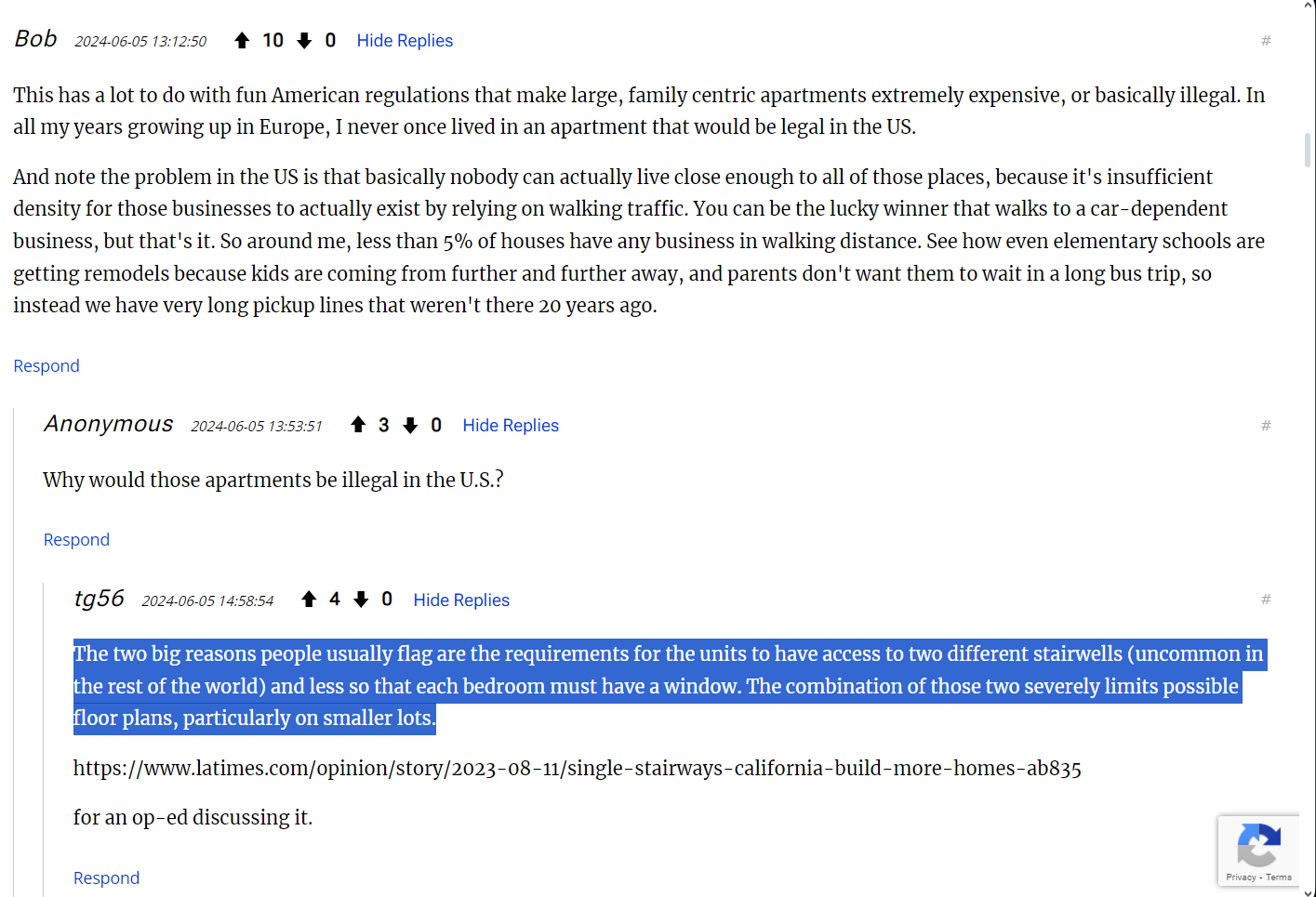
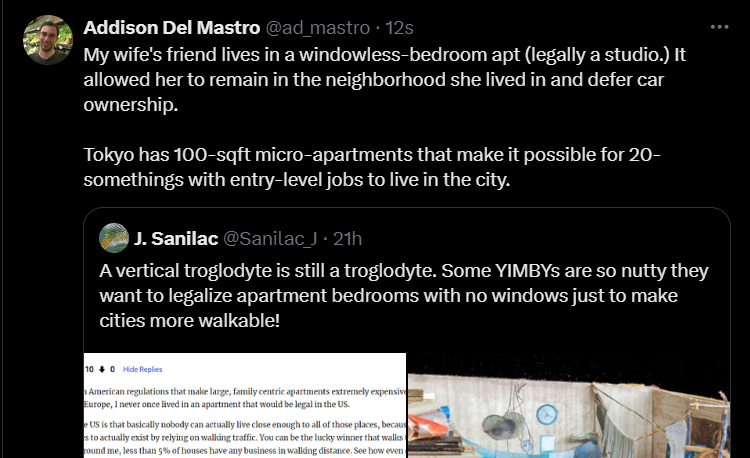
My YIMBY critics couldn't help themselves. They started arguing for smaller apartments, with no windows and fewer escape routes. They had an irrational hatred of cars, and couldn't talk about them without spewing obscenity. Spewing insanity. You thought I was exaggerating when I said they wanted to stuff you into a pod, but they really do.


"If you didn't live here, you'd be homeless!"
The camel's back was broken when the most prominent YIMBY I'm aware of, one Matthew Yglesias, intentionally mischaracterized my argument. He quoted my thread without linking to it and then told his enormous audience that, somewhere within the thread he refused to link to, I'd said the opposite of what I actually said. The evidence is below.
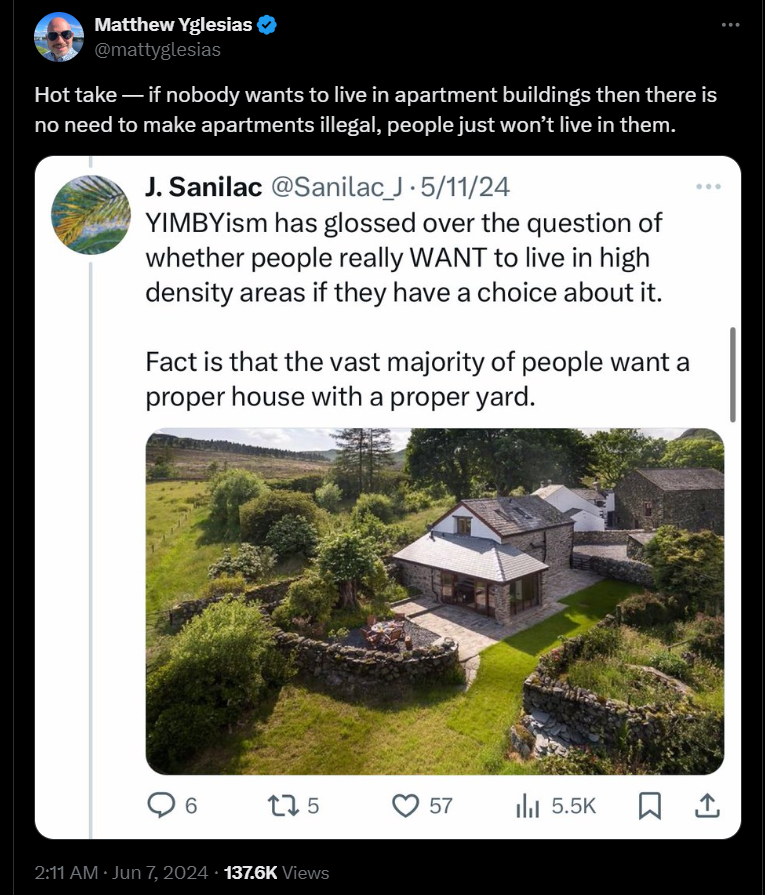

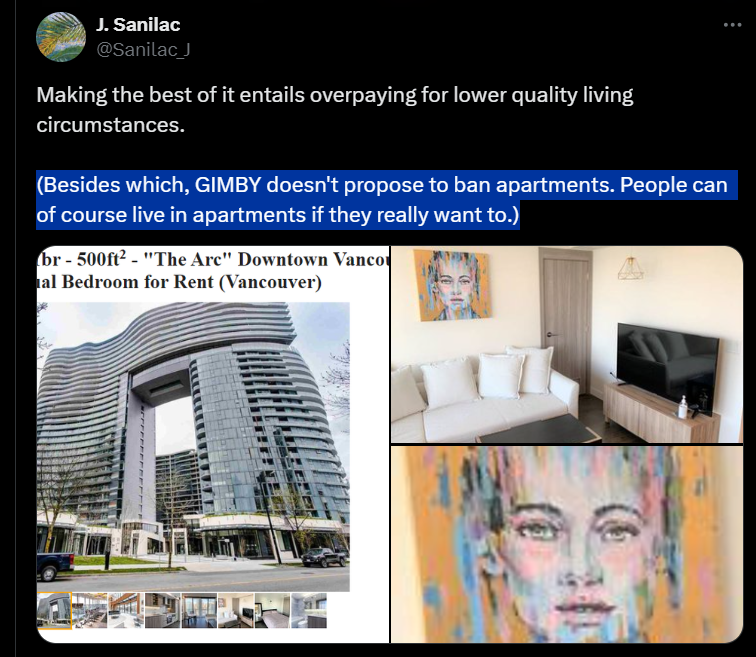
The post on the right was in the thread below the post Yglesias quoted at left. Amusingly, he chose to take his portrait in a low-density location and not in the long shadow of a billion-bunk high-rise.
So arch-YIMBY Yglesias, a man whose name is practically tattooed with his cause, a man who believes a favela by any other name would smell as sweet, is both a liar and a coward. A liar because he mischaracterized my thread. A coward because he was afraid to let me find his lie in time to correct the record. All for a topic I don't even care about. I mean, this isn't life and death, folks. It's just city planning.


There's always a few people who think it's a good idea to compromise with wrong answers. If a noisy fringe said two and two was five, they'd settle on four and a half. Compromising with NIMBYs to ensure beautiful heritage neighborhoods are preserved is a smart move that will strengthen the GIMBY movement. But there's nothing to be gained from compromising with pro-density activism. Just crater it.
The problem was that I'd seen it all before. Journalists telling lies about my writing to a massive audience—hundreds of thousands—and refusing to ever correct the record. The leadership positions in our society have gradually been taken over by the worst kind of people. You know it. I know it. We all know it. What red-blooded citizen doesn't want to call a meteor down on D.C. during a journalism convention that happens to be scheduled alongside a joint session of Congress? We can make it the first crater city. Yes, I'm fed up—and you are too.

What Yglesias' lies taught me is that the whole seemingly respectable castle of pro-density public posturing is just another house of cards. Smoke and mirrors. Empty suits. They have nothing but the megaphone. Real people don't want it, they're just too busy to argue. After all, if a random could casually pen a full-frontal assault that no YIMBY of the thousands who read it has a logical argument against, how much substance can any of their arguments really have?

All economics aside, the bottom line is that pro-density activists are pushing something none of us want. The economy is supposed to serve the people. Not the other way around. And that bottom line would stand even if everything I said here about the economics of housing were completely wrong.

So, I became determined to blow down the whole house of cards, regardless of how little interest I had in the issue. I dropped everything I was doing and worked out the logic of my GIMBY idea in complete detail in hopes it would reach the largest audience possible. In hopes it would crater the bastards who want to stuff us into modern slums where no decent man would spend a second more of his life than he absolutely had to.
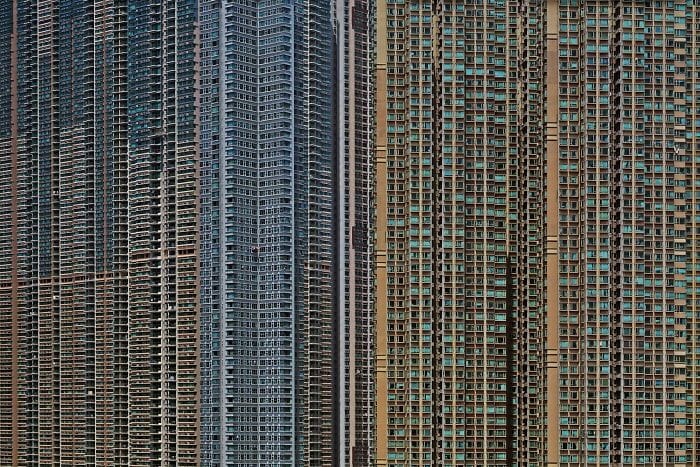
I'm giving this article to you as one citizen to another, and I'm telling you it's time we spoke up. Don't let some nutty activists and lying journalists and greedy high-rise developers and their collection of credentialed shills confiscate the life you want to live. It's time we demanded grass. It's time we demanded GIMBY.
If you're on board, it's your duty to spread the word. I'm off to write more music.

If you feel you've learned something from this free article, consider making a donation to support my work.
Also by J. Sanilac:
Memoirs of an Evil Vizier – evil is real
Trust Networks – how we actually know things
Dispelling Beauty Lies – the truth about feminine beauty, including practical advice for women
Ultrahumanism – a middle path through the jungle of modern and future technology
A Pragmatical Analysis of Religious Beliefs – are pragmatism and belief opposites?
Against Good Taste – aesthetics and harmful social signaling
Critique of the Mind-Body Problem – it's not solvable
The Illusion of Dominance – why the redpill is wrong
End Attached Garages Now – a manifesto
The Computer-Simulation Theory Is Silly – GPWoo
Milgram Questions – what they are and how to call them out
Amor Fatty – how an obesity cure will end the body positivity movement
How to Seduce a Billionaire – 100% guaranteed* method.
Addendum: How To Respond To Common YIMBY Objections
Here's a list of concise responses to common YIMBY objections. If you're arguing with a YIMBY on social media, you can copy-paste these answers whenever they follow their standard script. Don't forget to send them this article too!
“GIMBY will make people homeless.”
Nope. GIMBY is all about building. Just building outward instead of upward. That means more houses on cheaper land, and more people affording to live the way they want to.
“GIMBY makes houses unaffordable for low-income households.”
Nope. YIMBY makes houses unaffordable for low-income households. It gives them units, not houses. Only GIMBY can give them actual houses.
“GIMBY is bad for the environment.”
Nope. With good planning the environmental costs of building outward instead of upward are negligible. And GIMBY layouts include extensive nature preserves, so we can all live close to nature instead of apart from it. If you love the environment, you should support GIMBY.
“GIMBY will bankrupt business.”
Nope. Most businesses will be unaffected by GIMBY policies. And the rare businesses that do draw significant profits from density pollution shouldn't be allowed to get away with it. There's no reason to believe high density is necessary for business in the modern world.
“GIMBY will ban apartments.”
Nope. GIMBY policies do not regulate residential housing in any way. Their aim is to spread out non-residential real estate so people can live the way they want to. If people still want to pile into high-rises, they'll be free to do that.
“GIMBY will put tasteless suburbs everywhere.”
Nope. GIMBY supports suburbs, but it's not about putting cookie-cutter houses everywhere. There are many other ways to do low density. For example, traditional European towns or campus towns.
“GIMBY cities will be unwalkable and force everyone to own a car.”
Nope. GIMBY isn't just unwalkable suburbs everywhere. There are plenty of walkable GIMBY layouts that include efficient public transport. If you want one of them, you should join the GIMBY movement and promote it.
“GIMBY wants to 'crater' central business districts. Is this a joke?”
Sort of. GIMBY doesn't involve any actual asteroids. But putting businesses in the center of a big city raises rents and inequality without improving commutes. Dispersing them is a much better idea.
“Lower density means higher housing prices. Higher density means lower prices.”
Nope. Although there are exceptions, the reverse is generally true. Low-density areas have lower prices, and high-density areas have higher prices.
“But some people like living in high-density cities.”
Some people like walking on hot coals. Should we build our cities around their preferences? Obviously not. And they'd be selfish for asking. Well, we shouldn't have built our cities around density preferences few of us share either. It's unjustifiable. And it's time for change.
“I own high-density commercial real estate in the central business district of a major metro area. GIMBY will put me underwater.”
Possible. There's no way to reform housing policy without hurting somebody. The safest choice is to sell it ASAP and start investing in low-density areas instead. Then you'll happily join the good guys. Don't be late!
